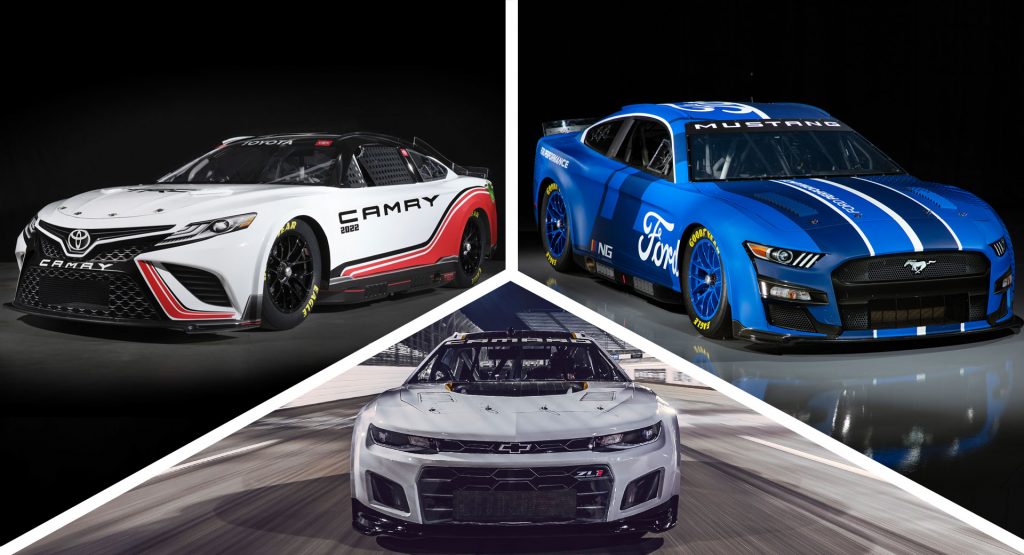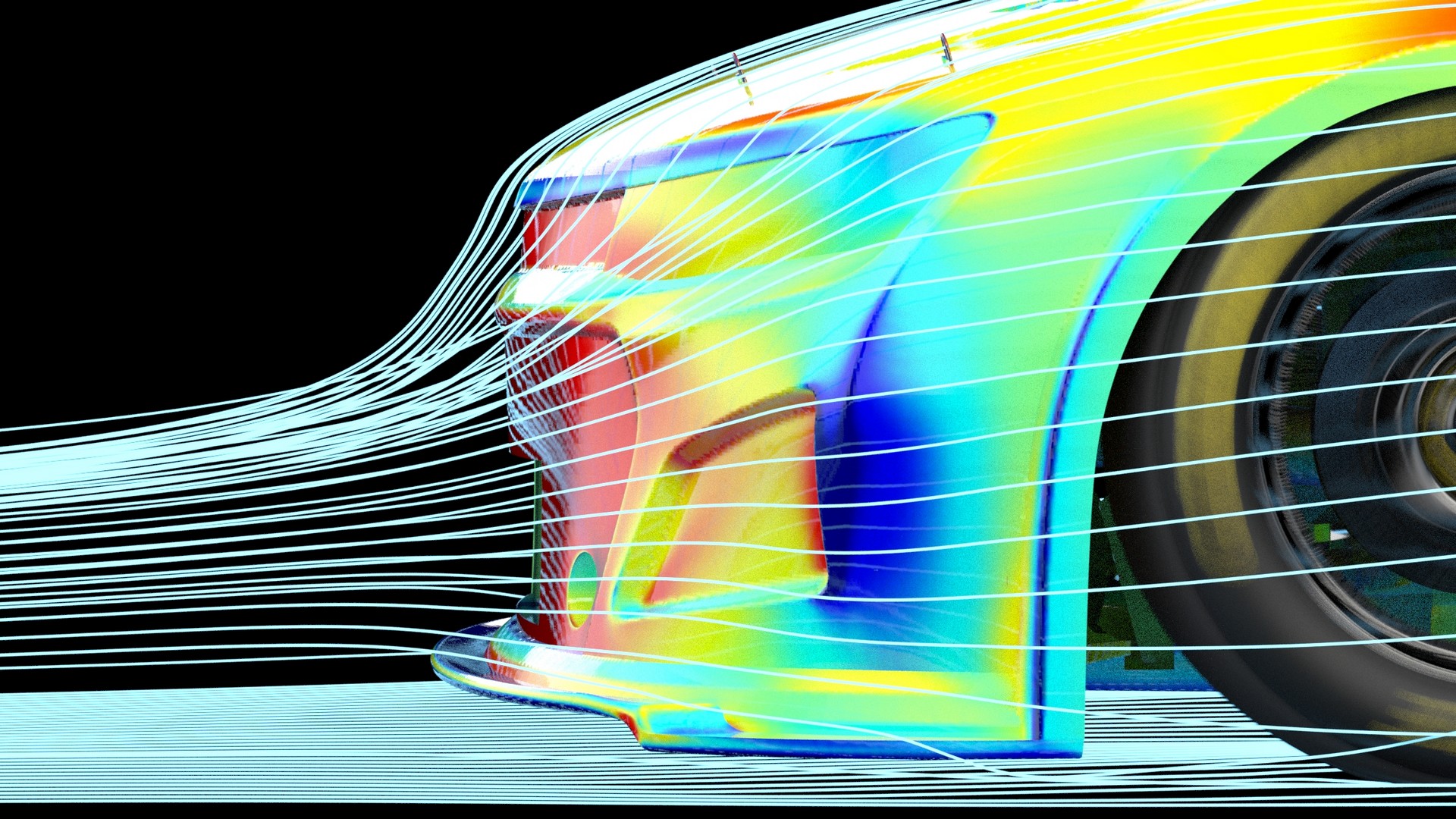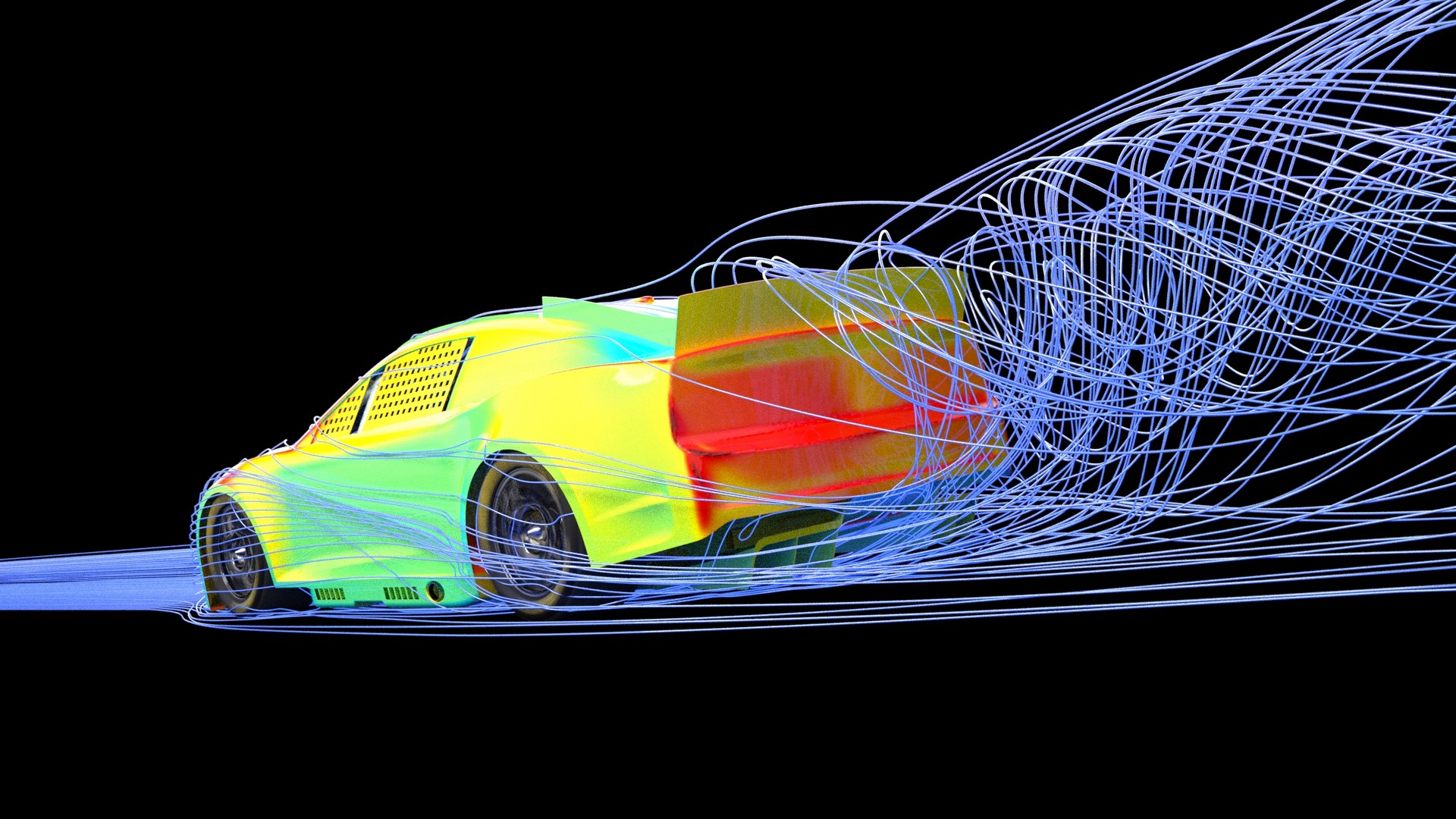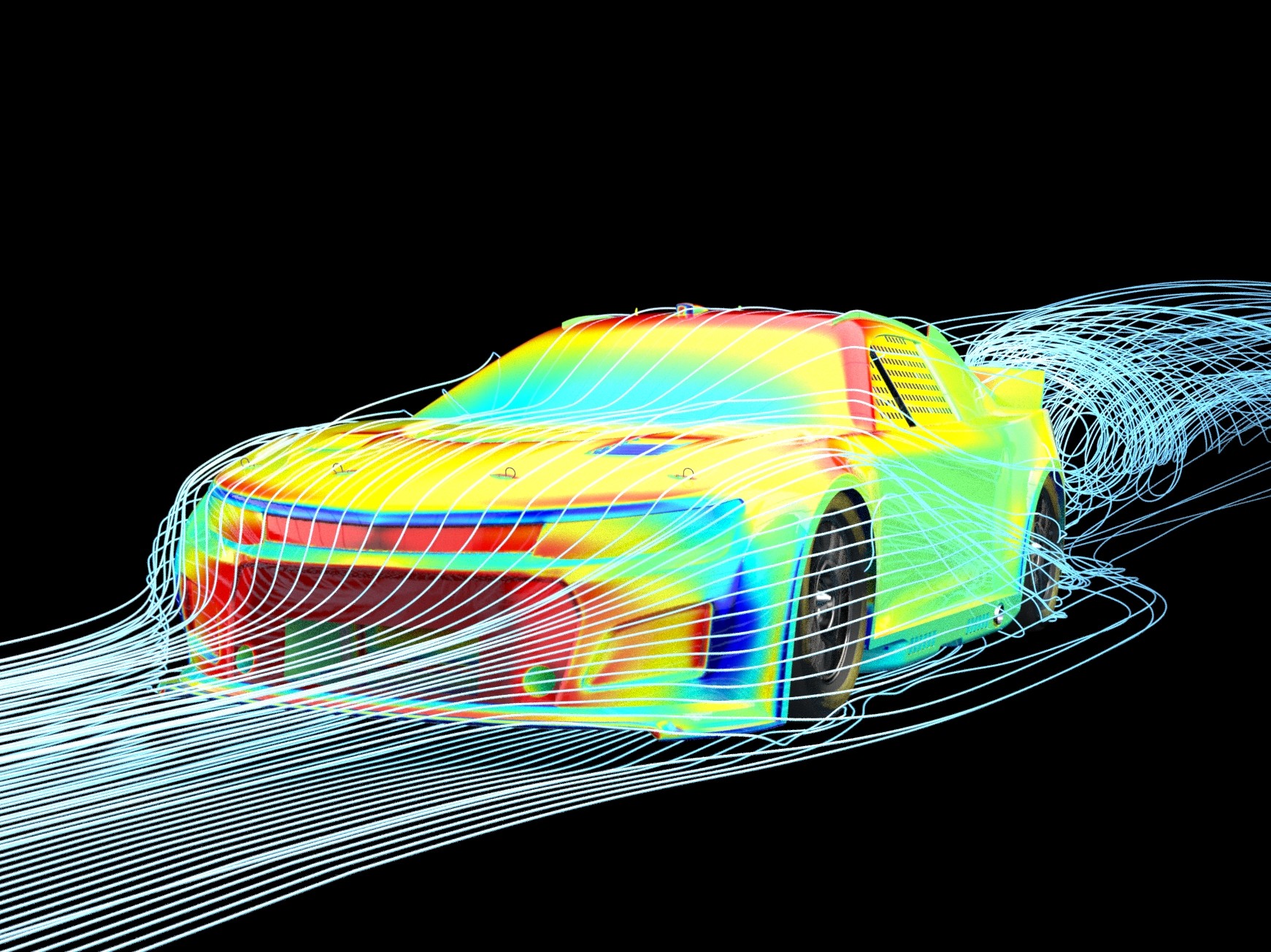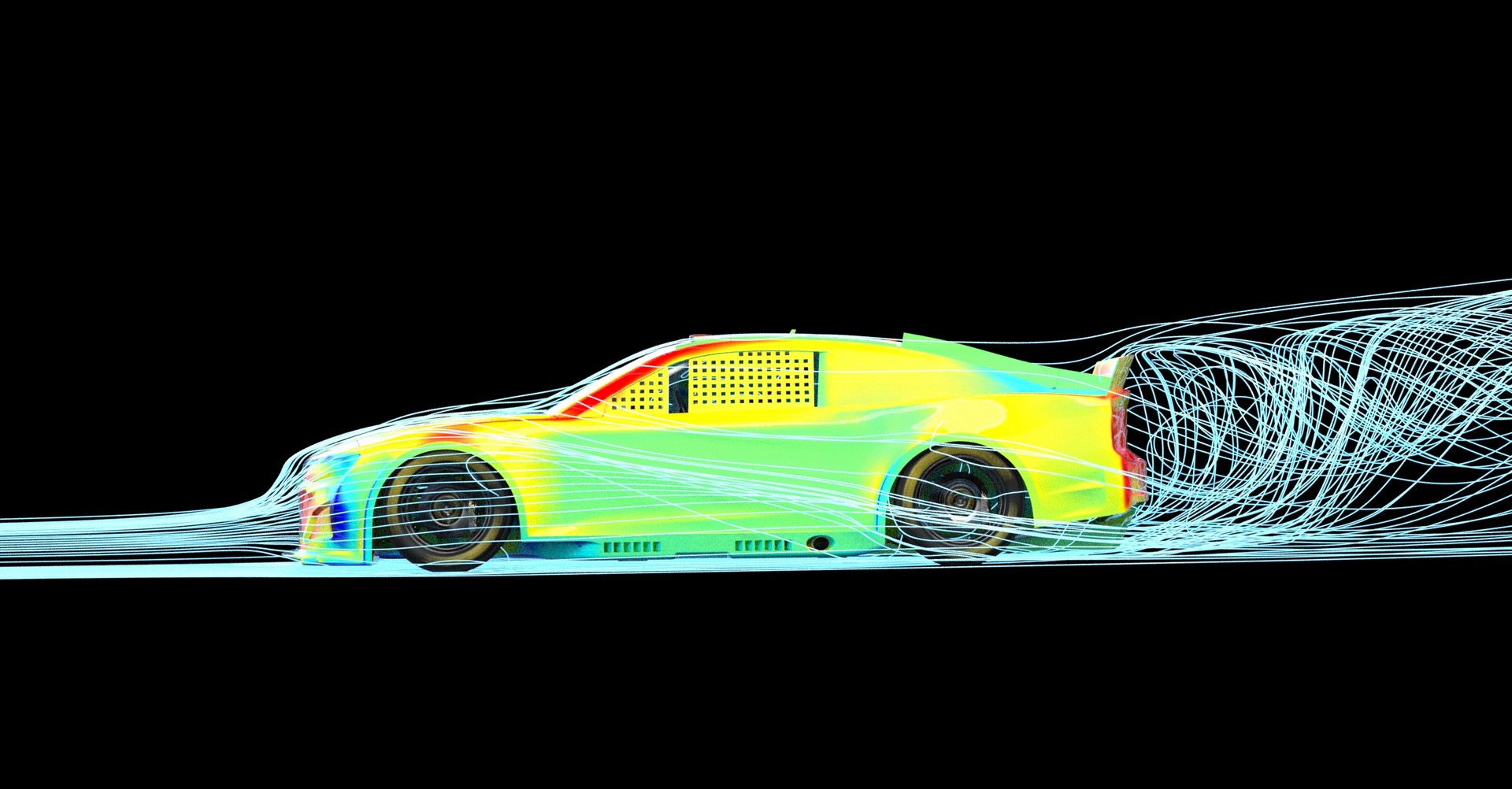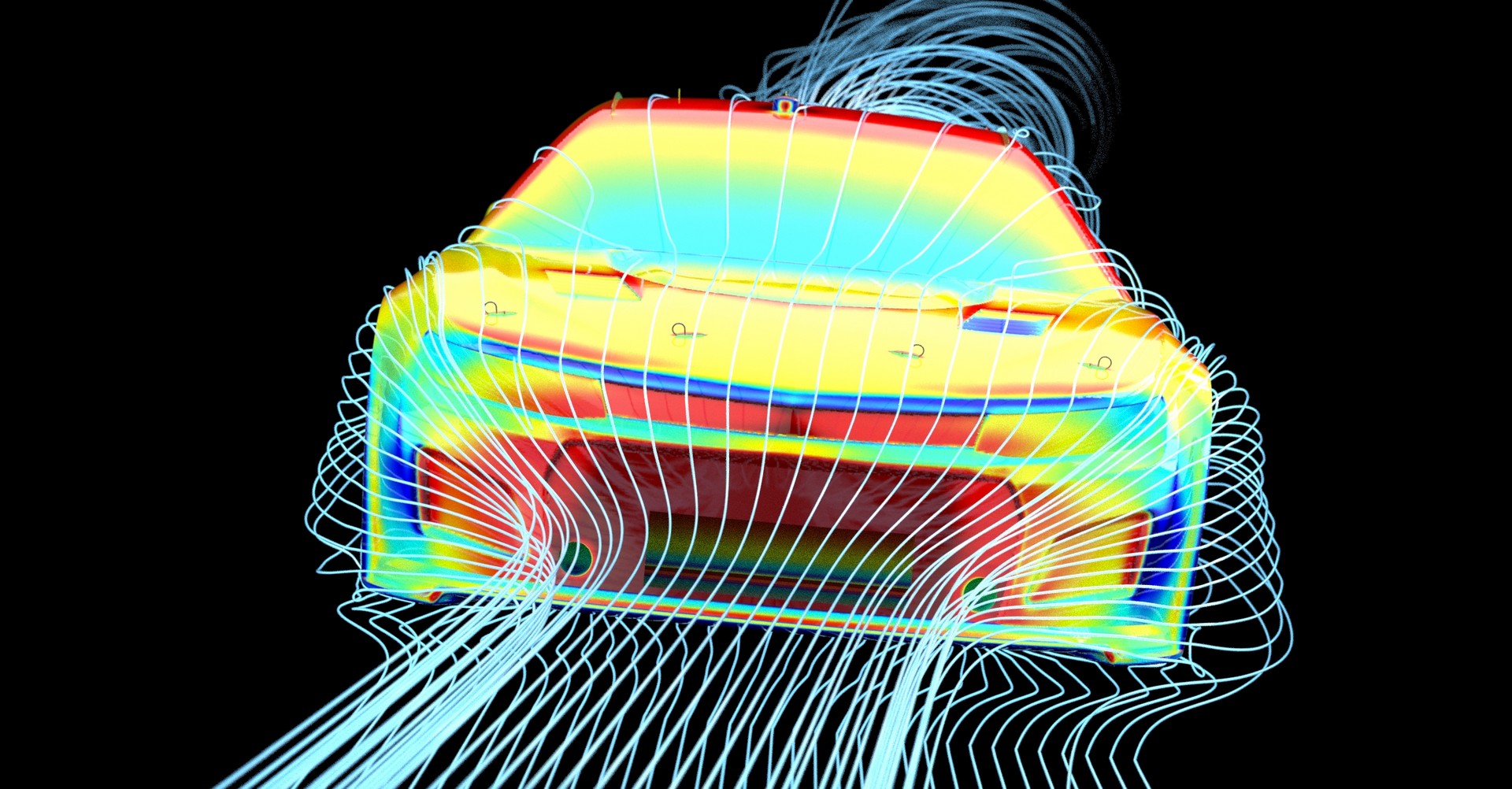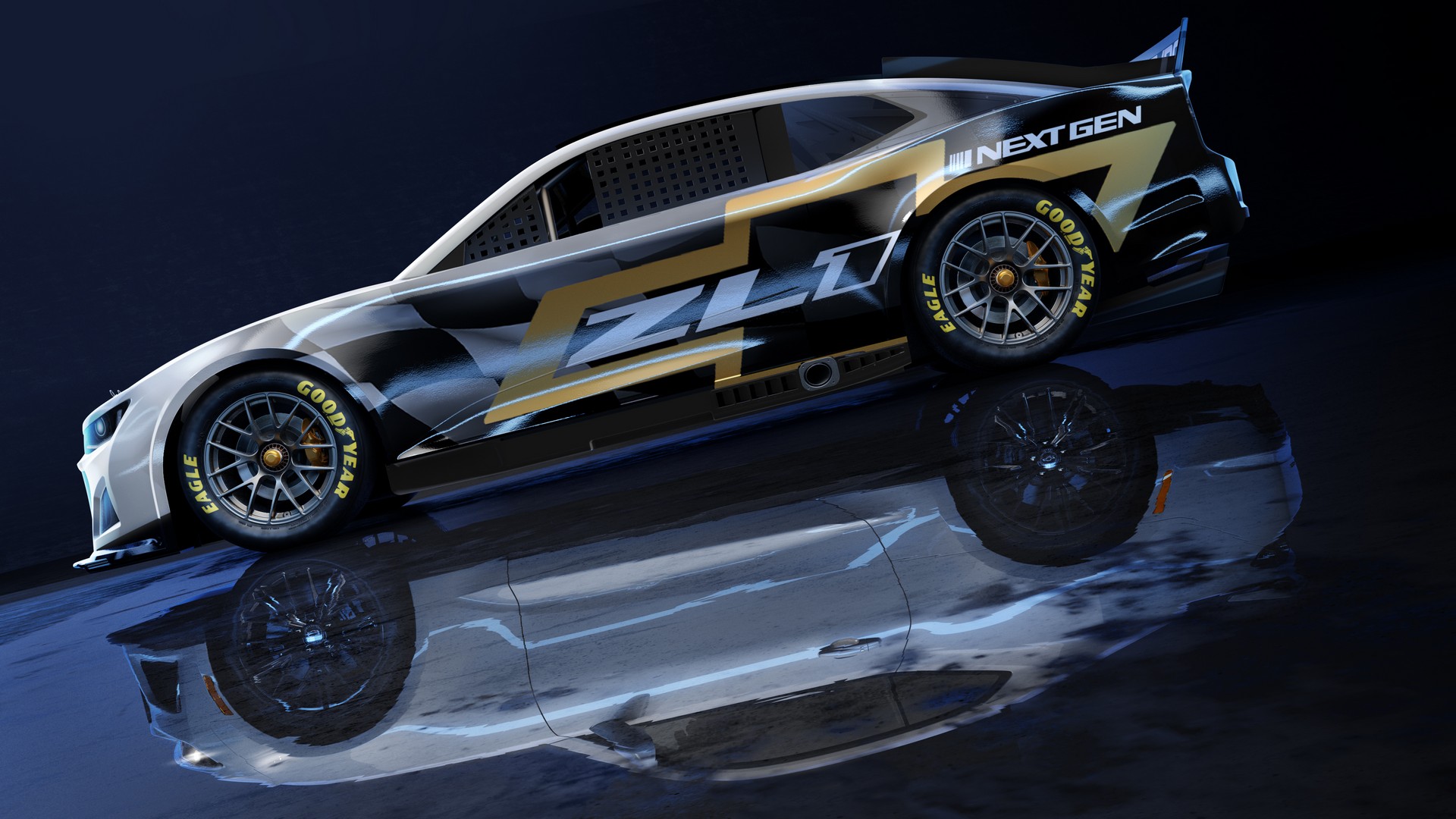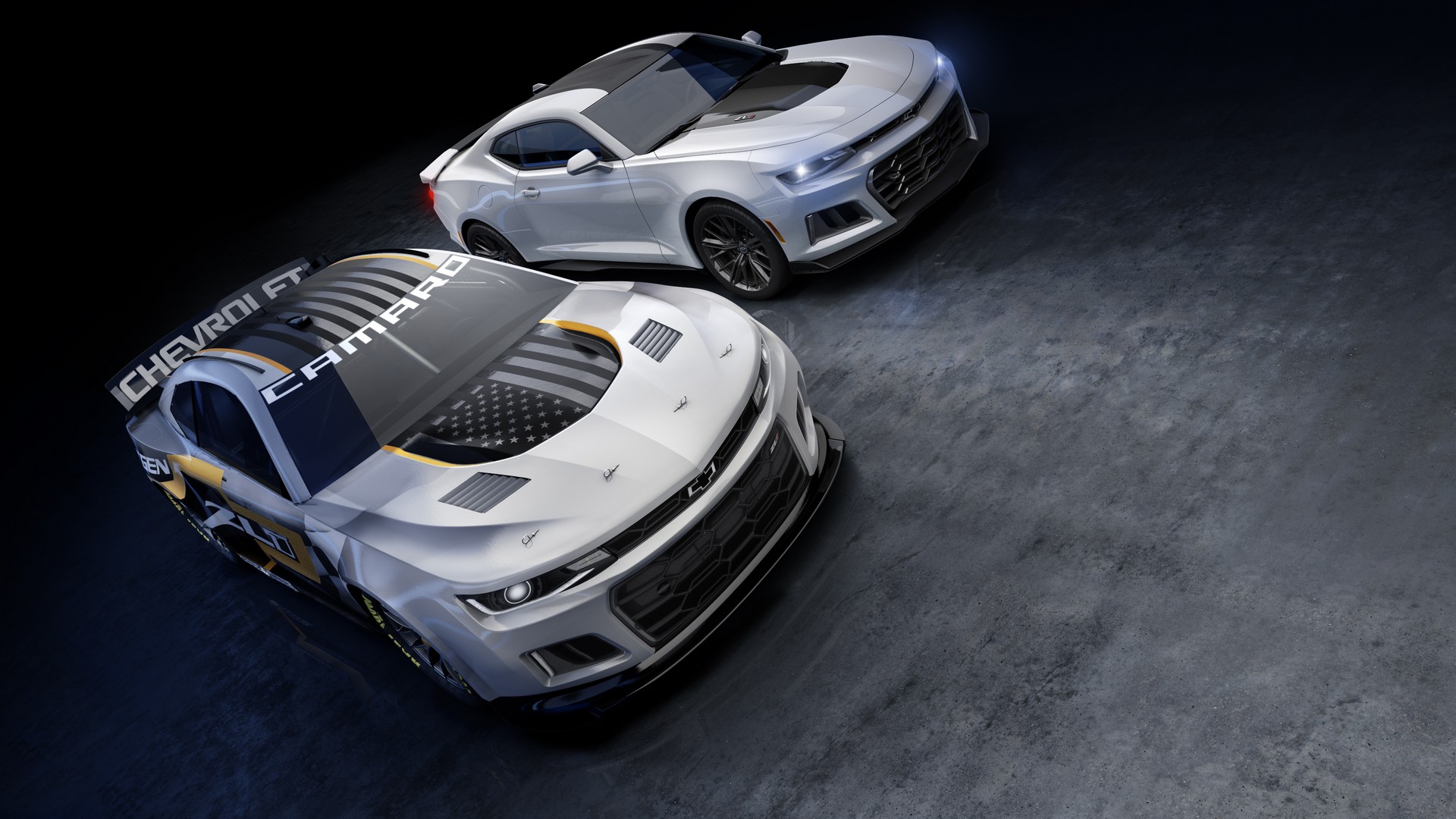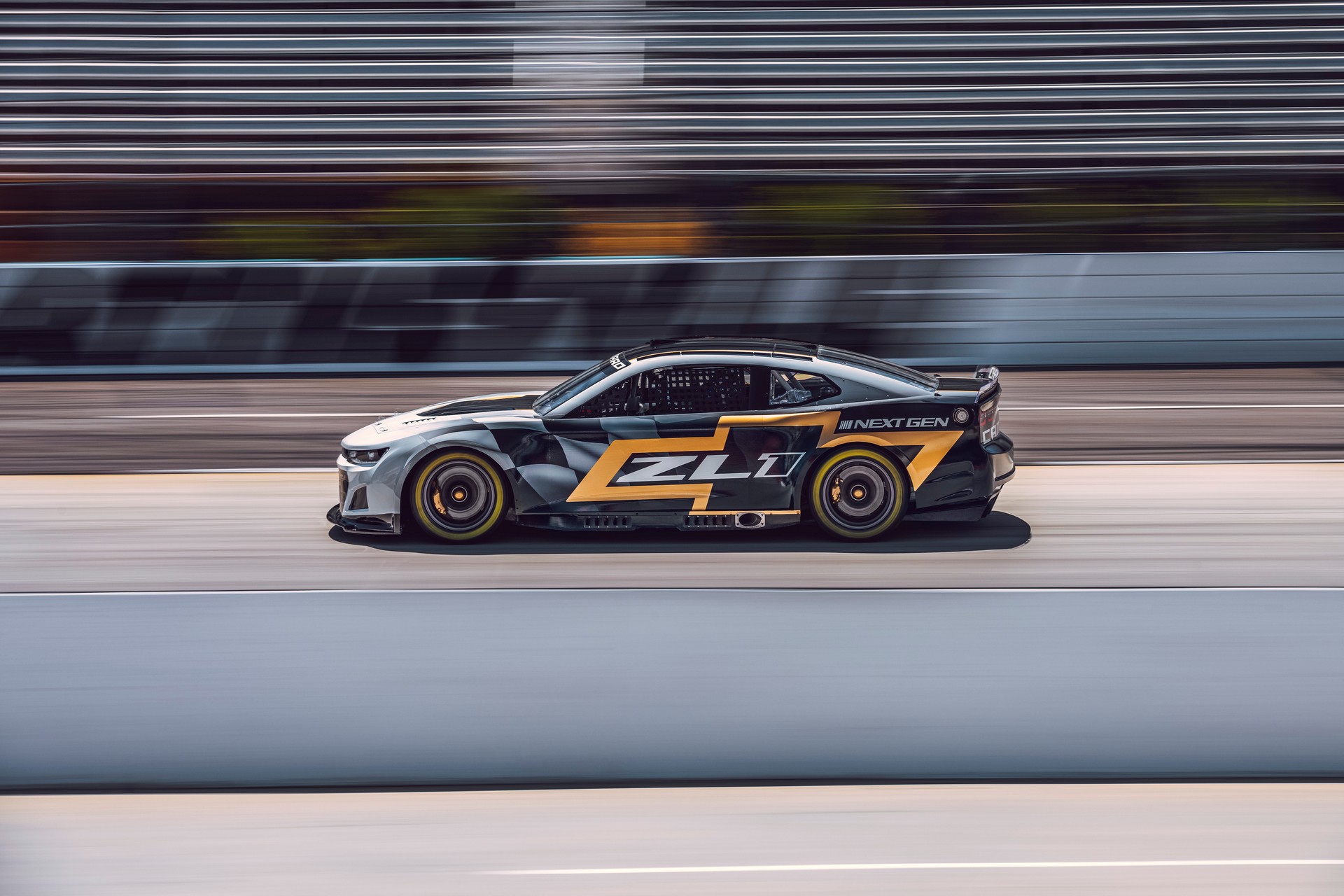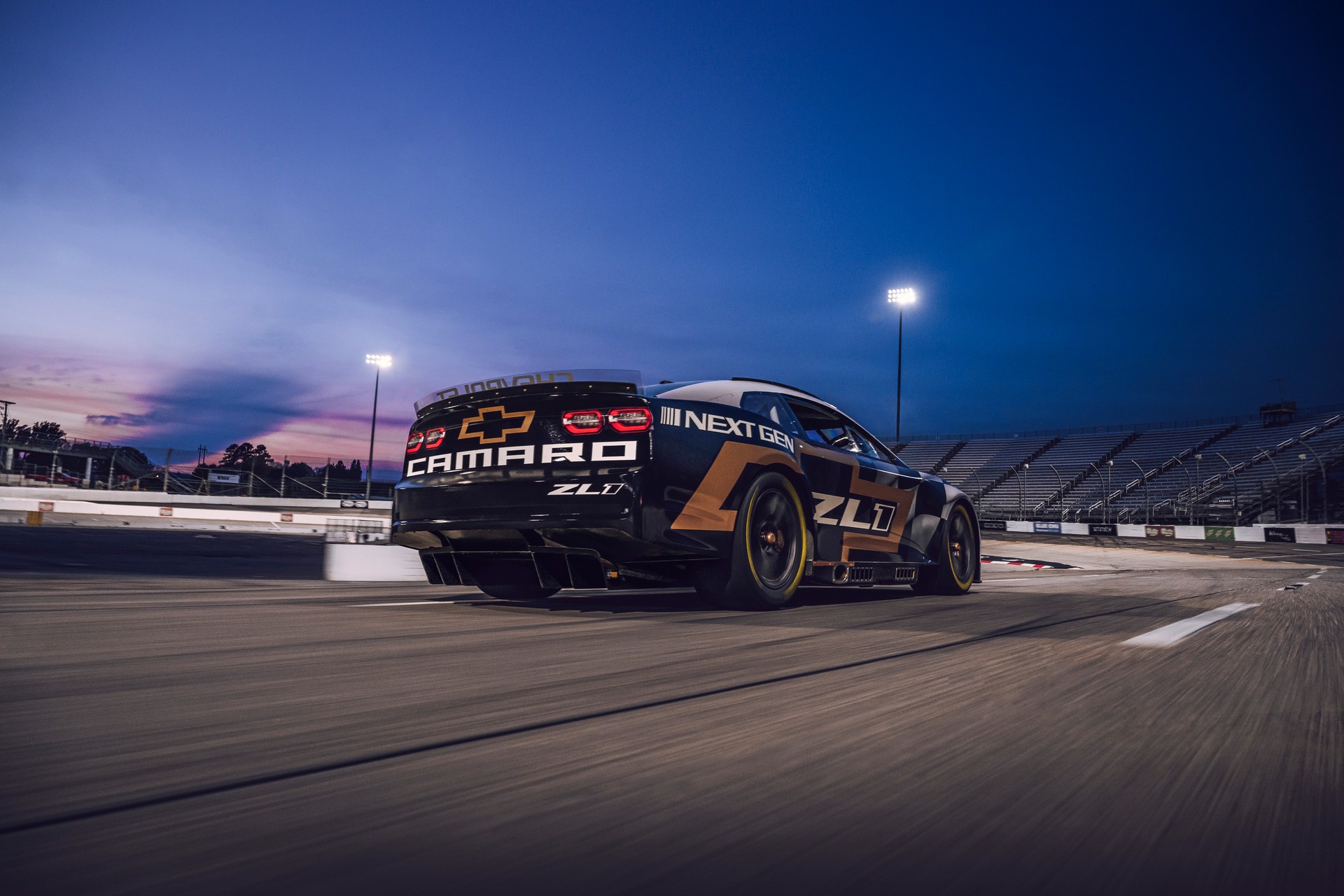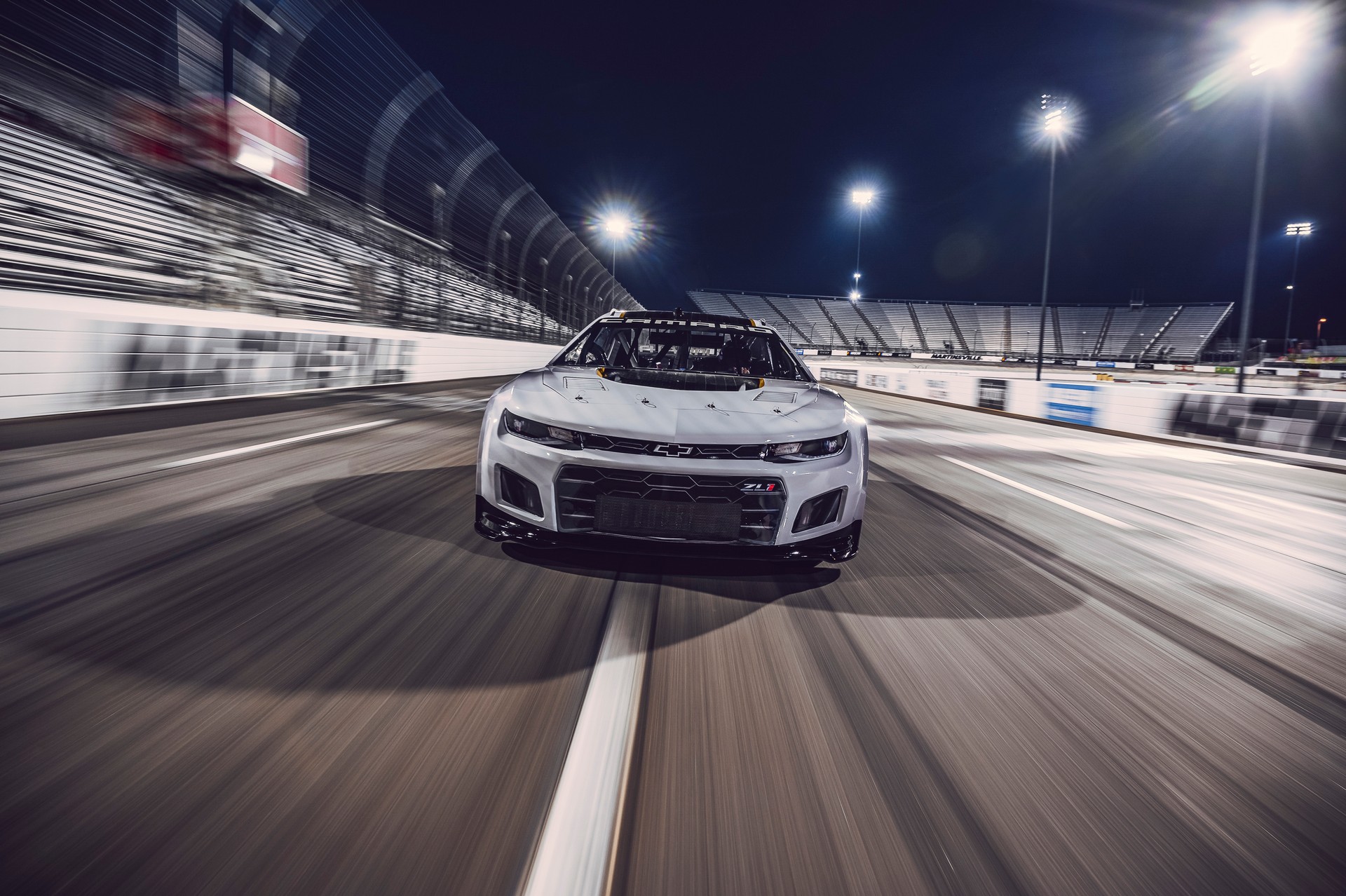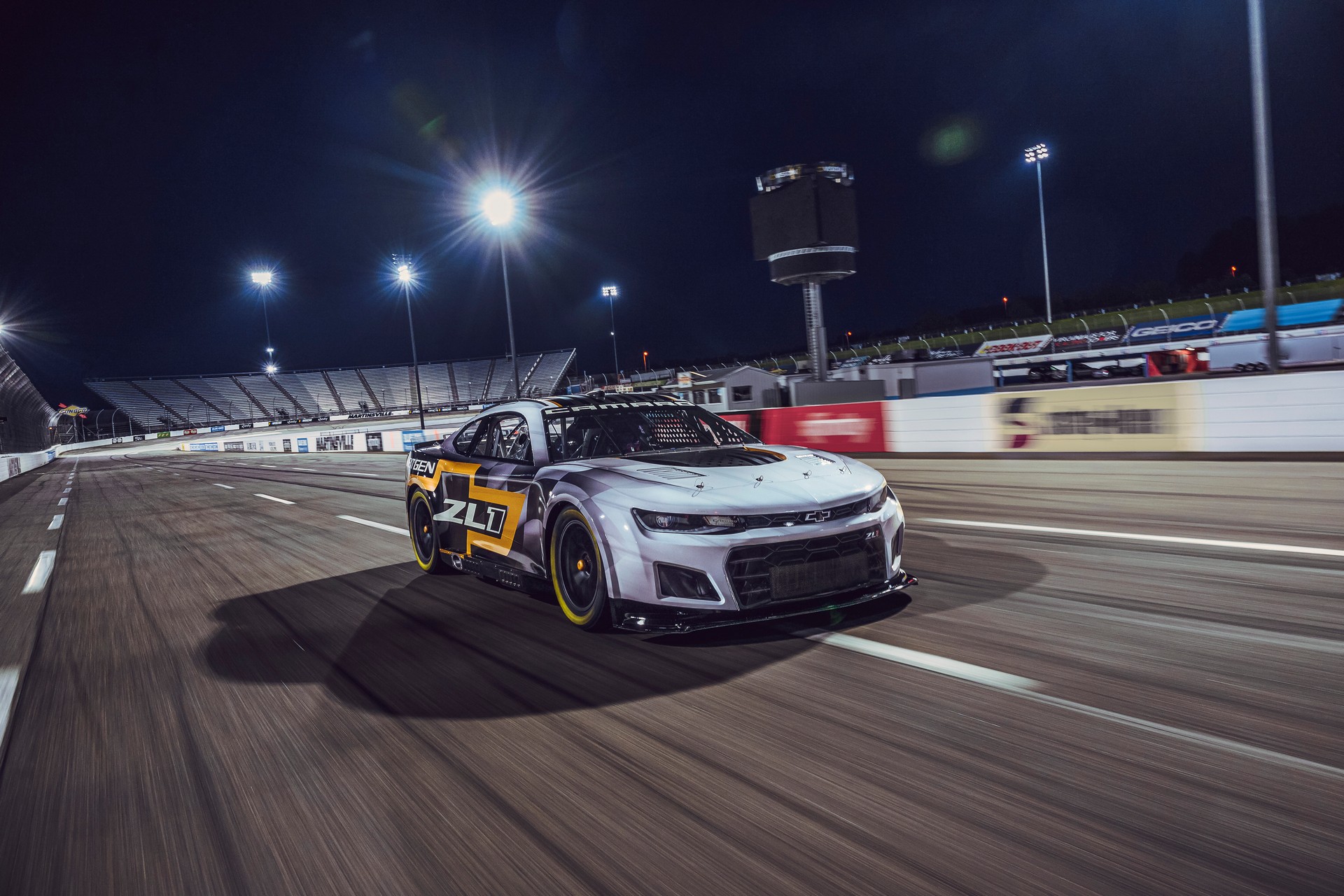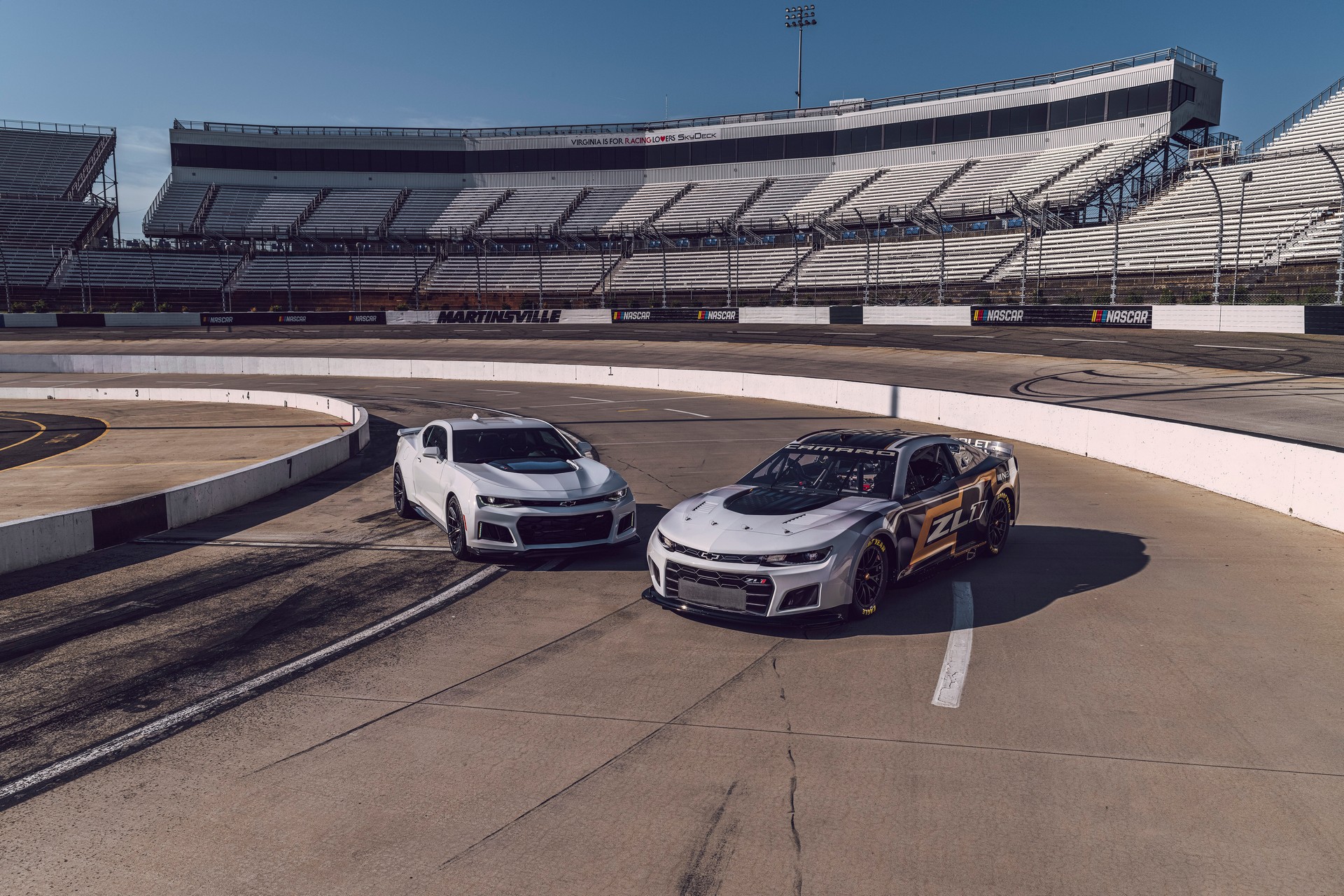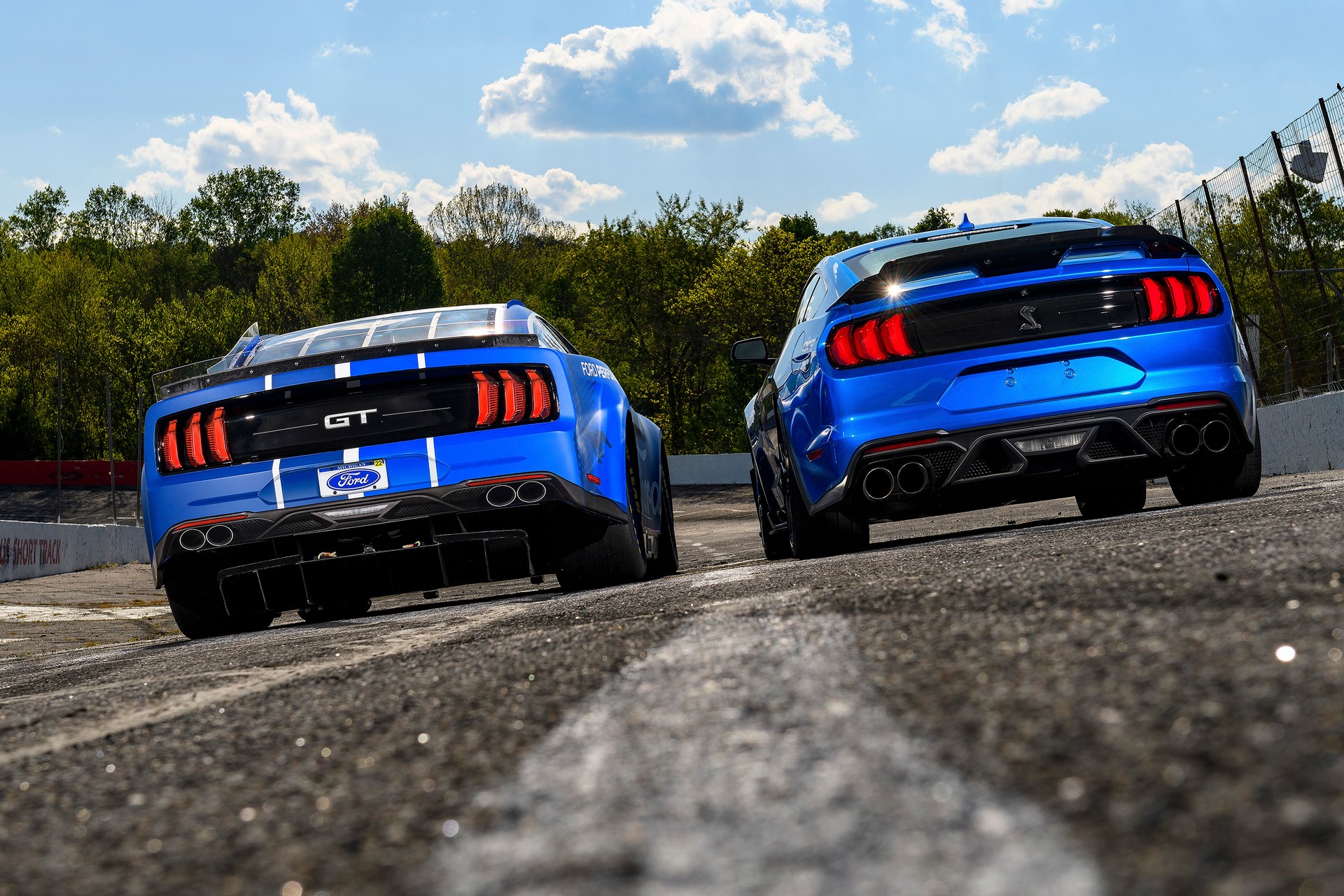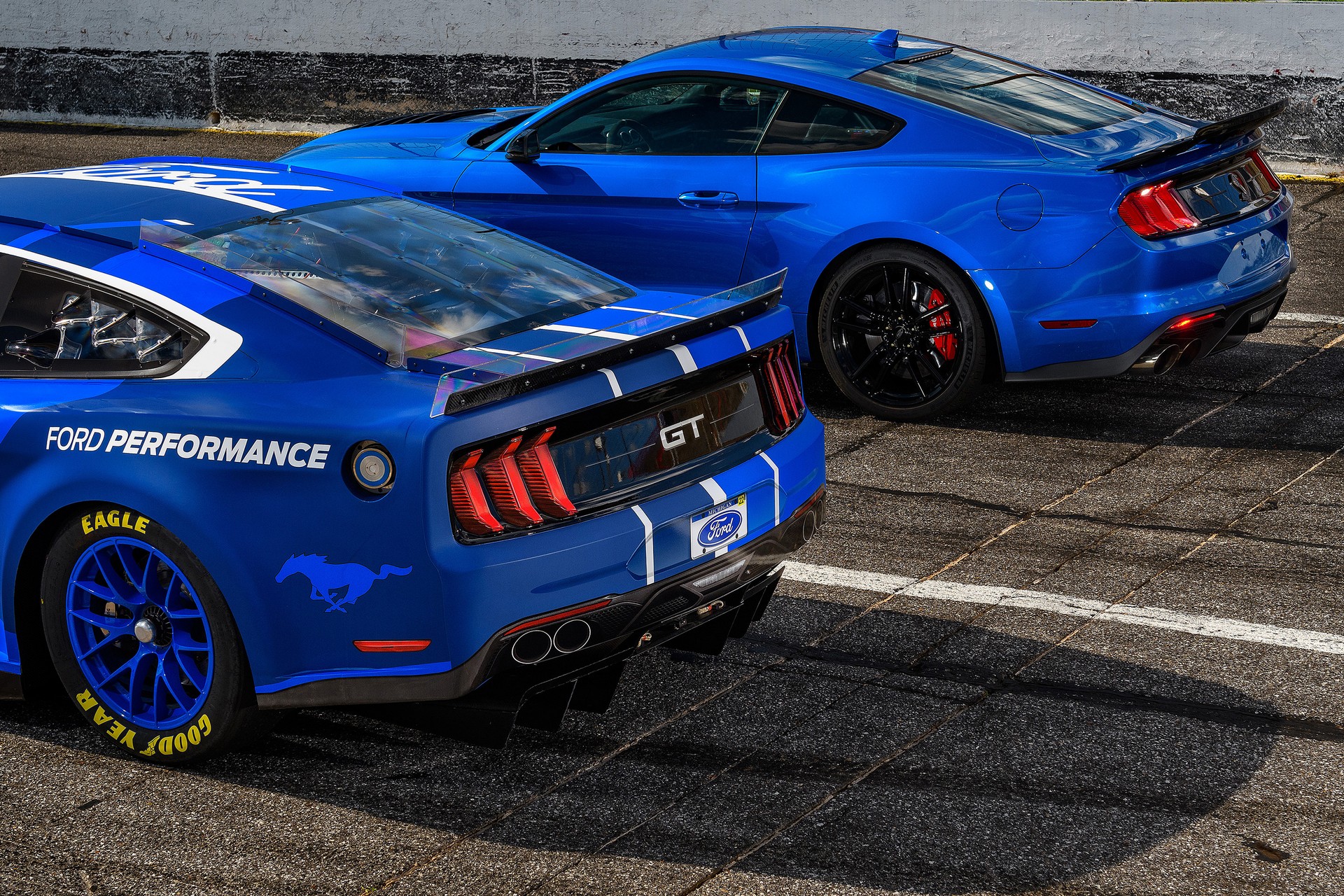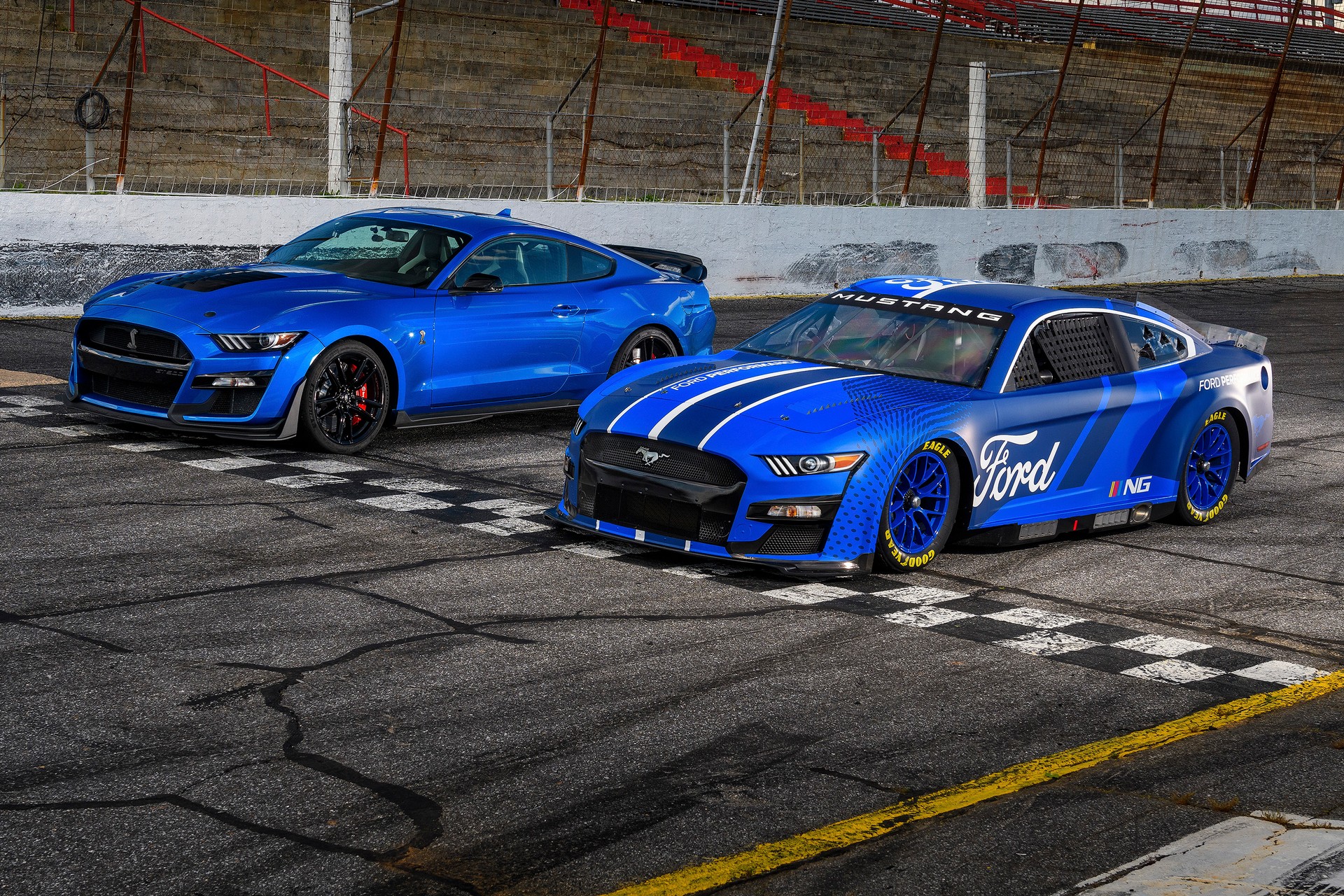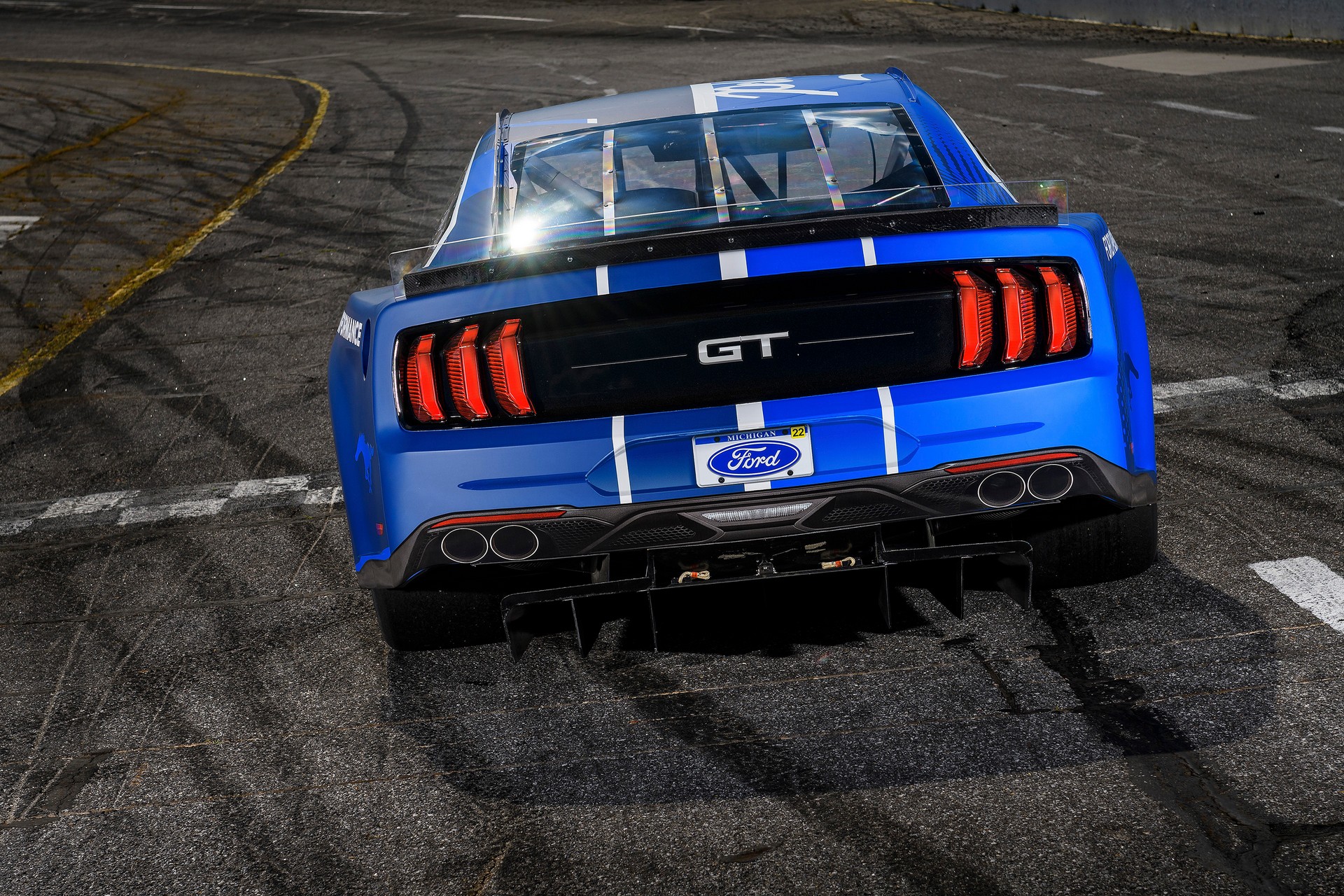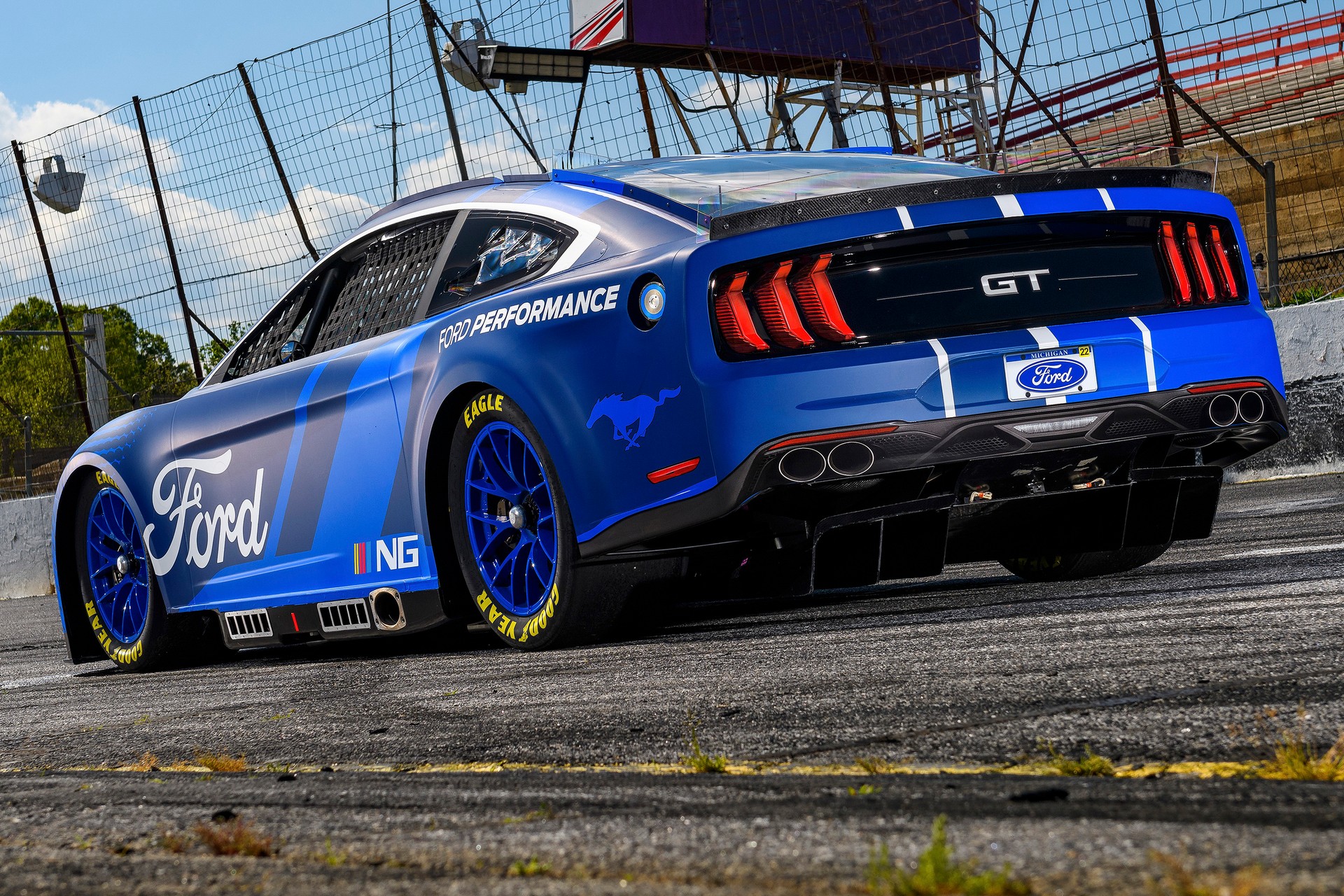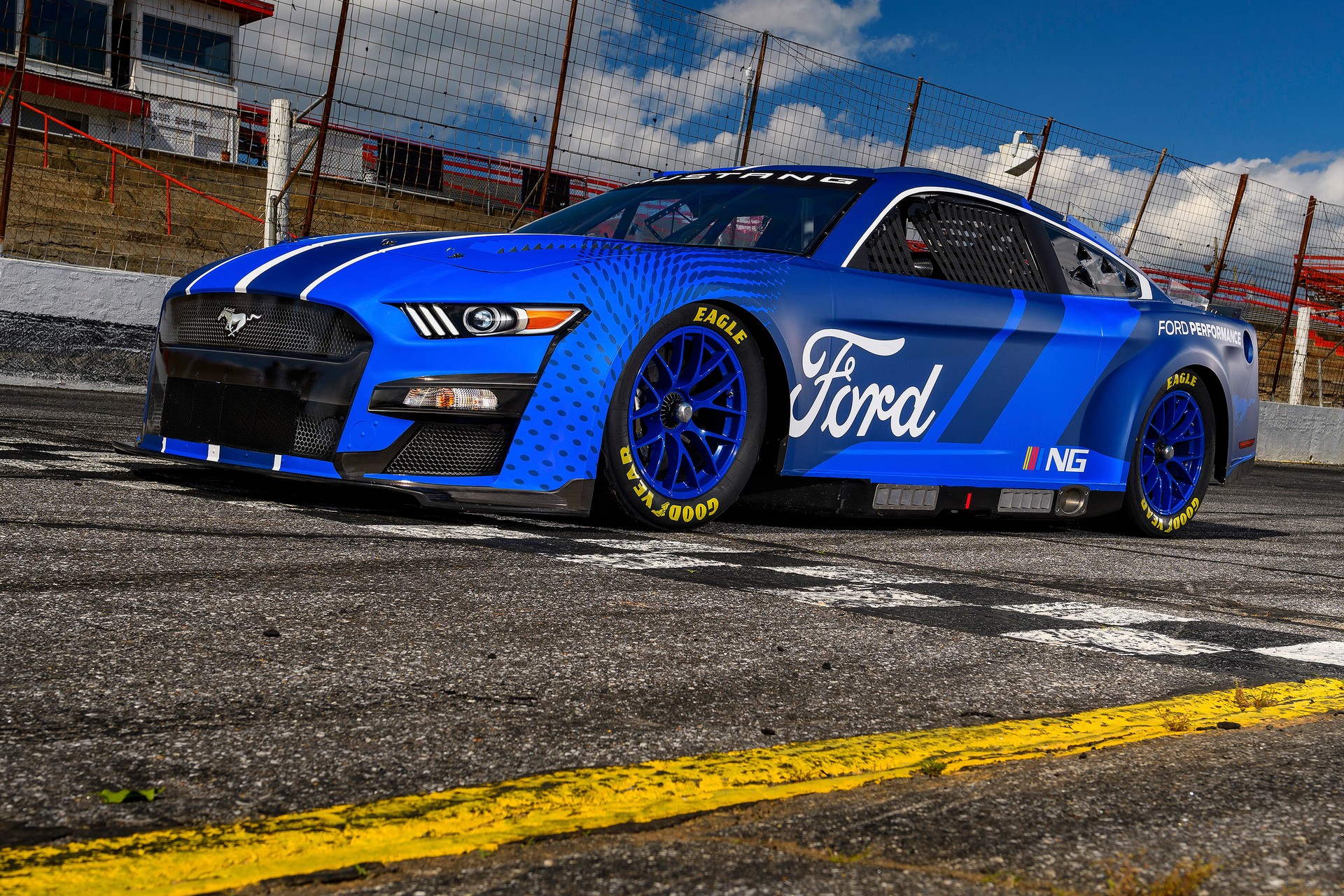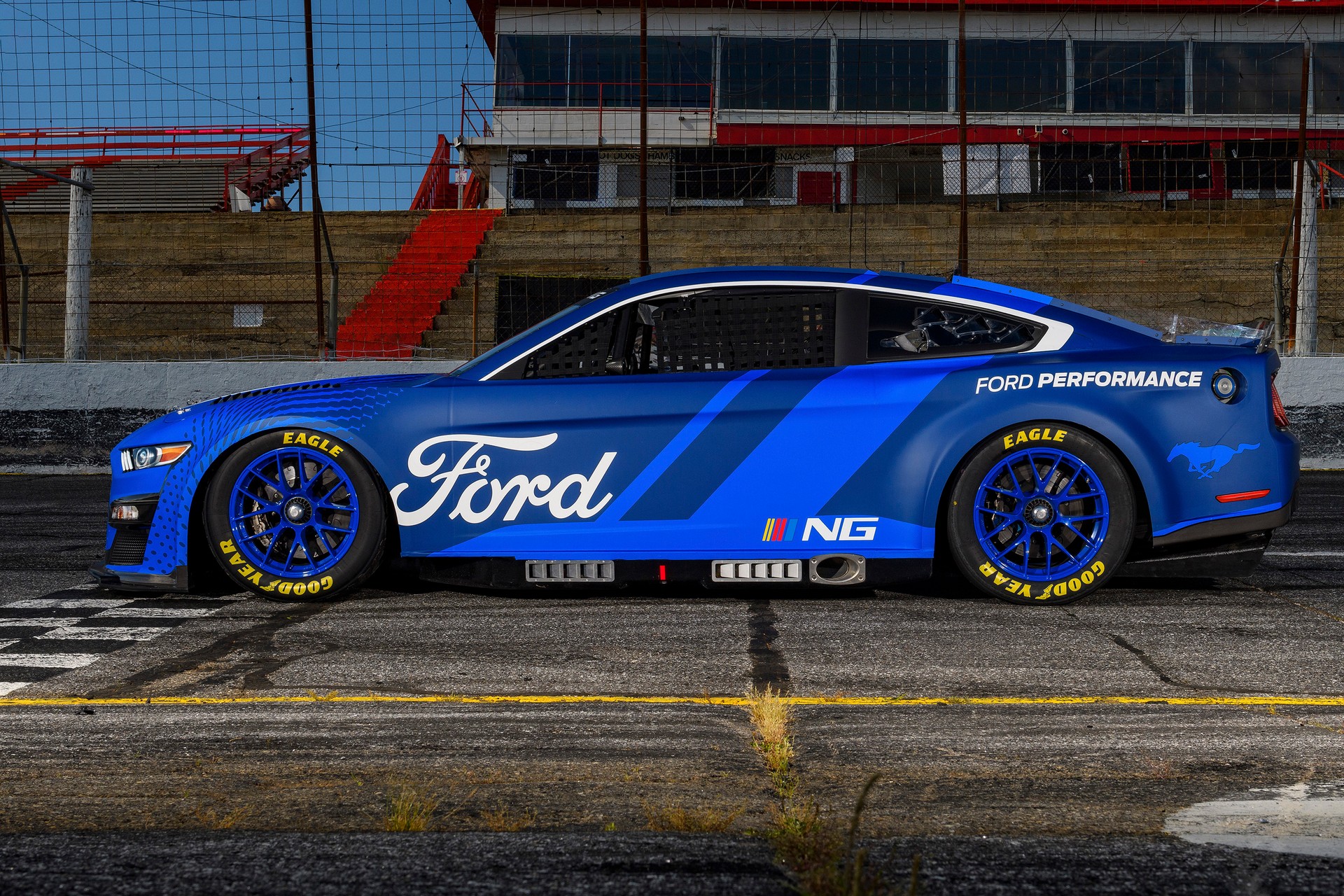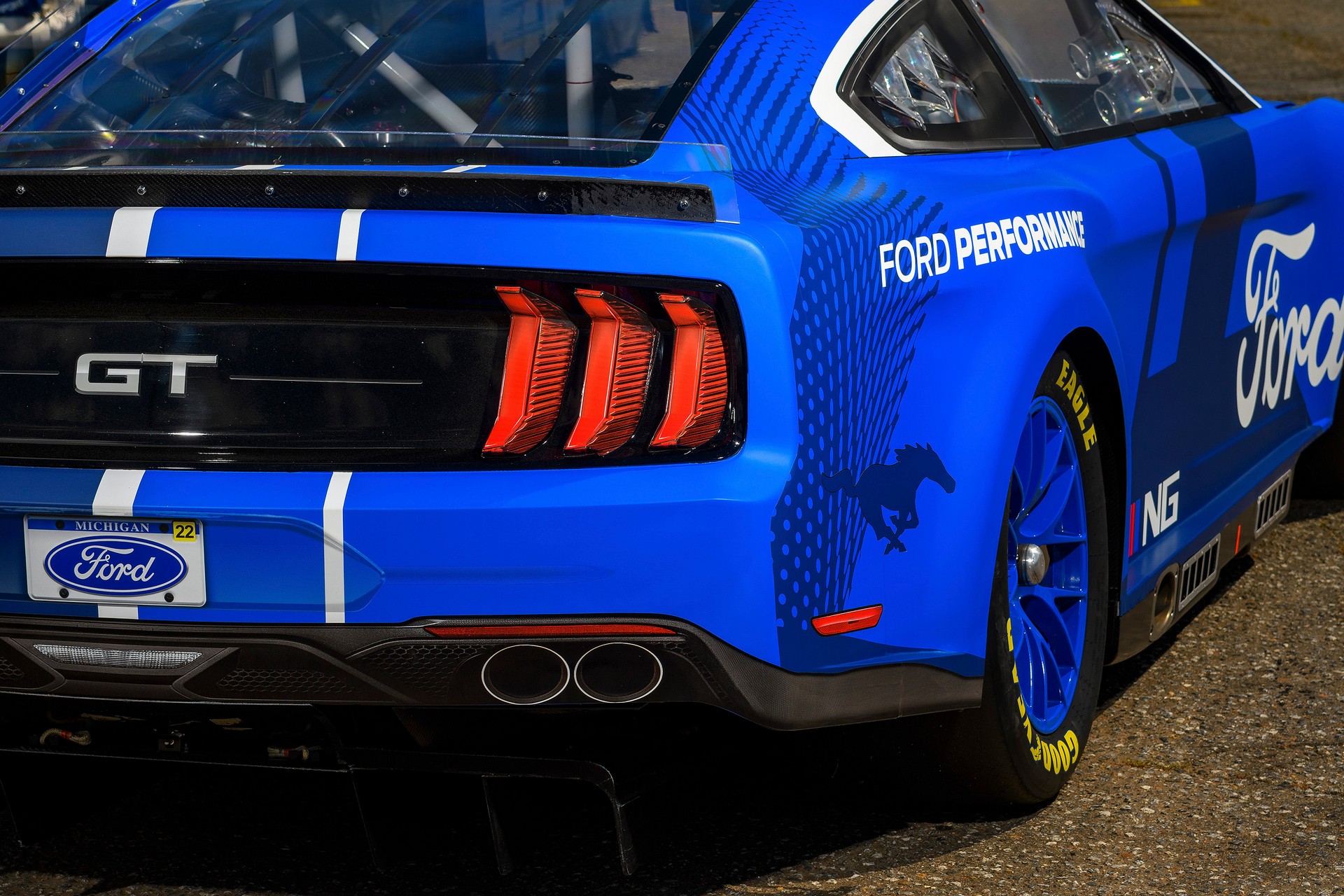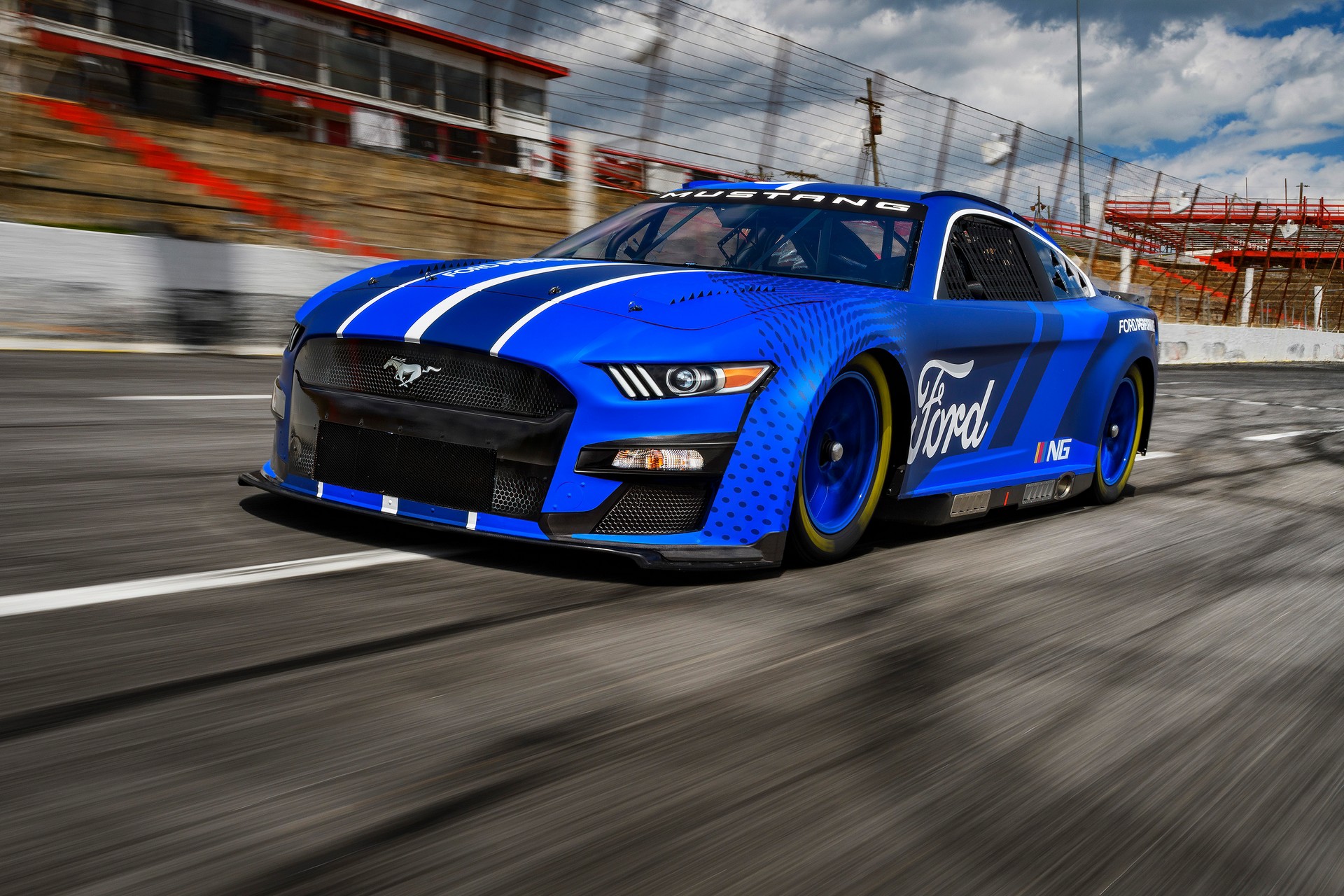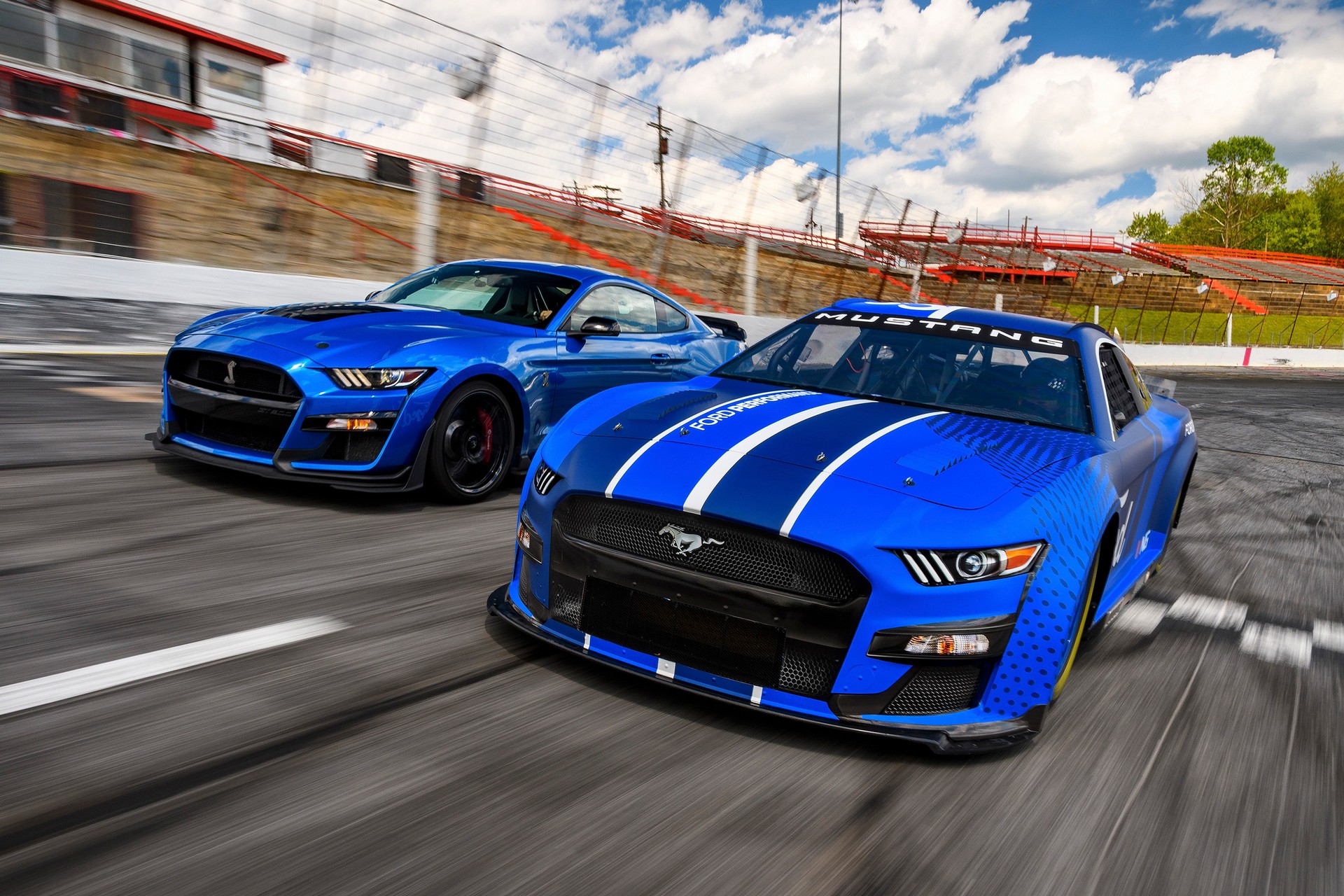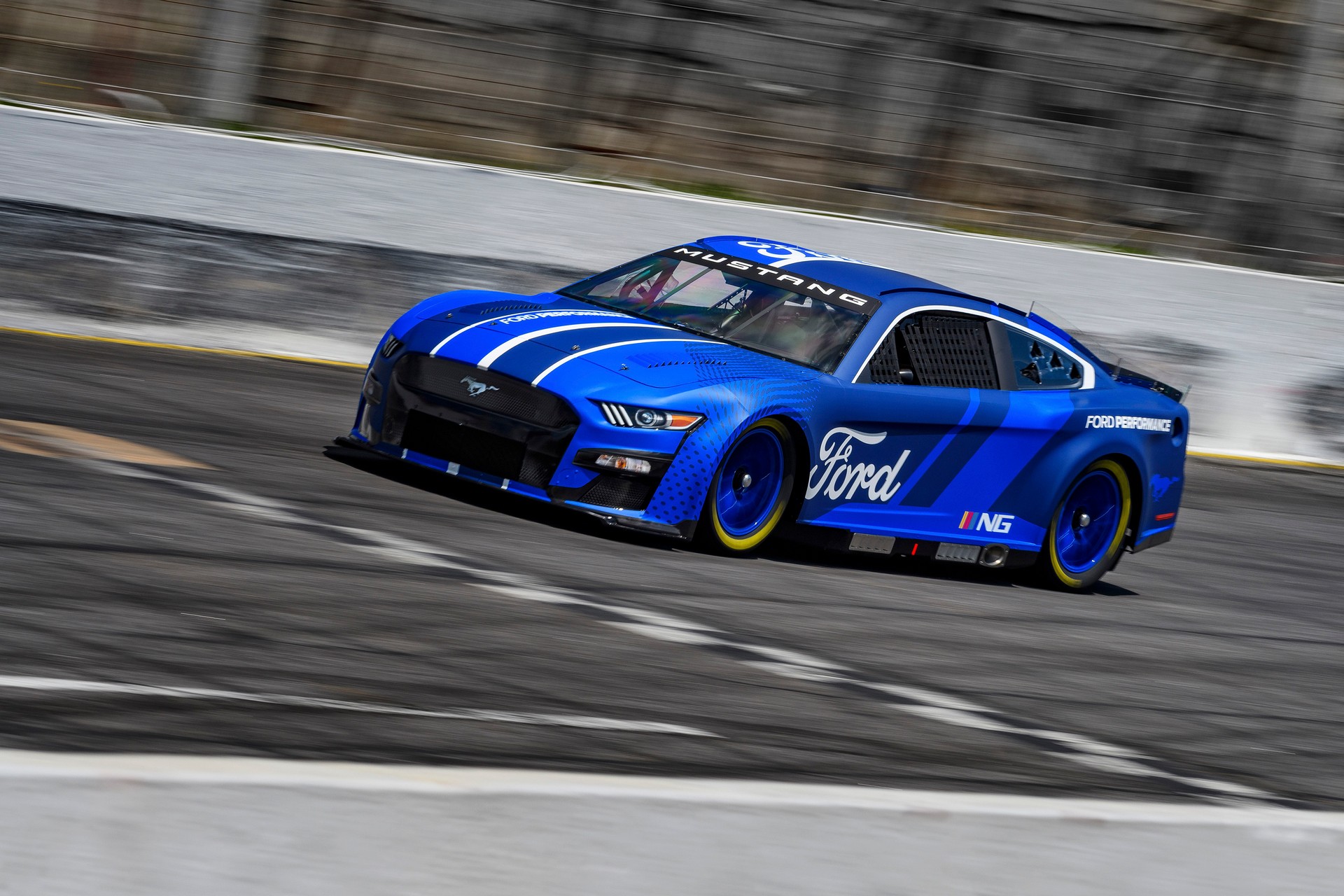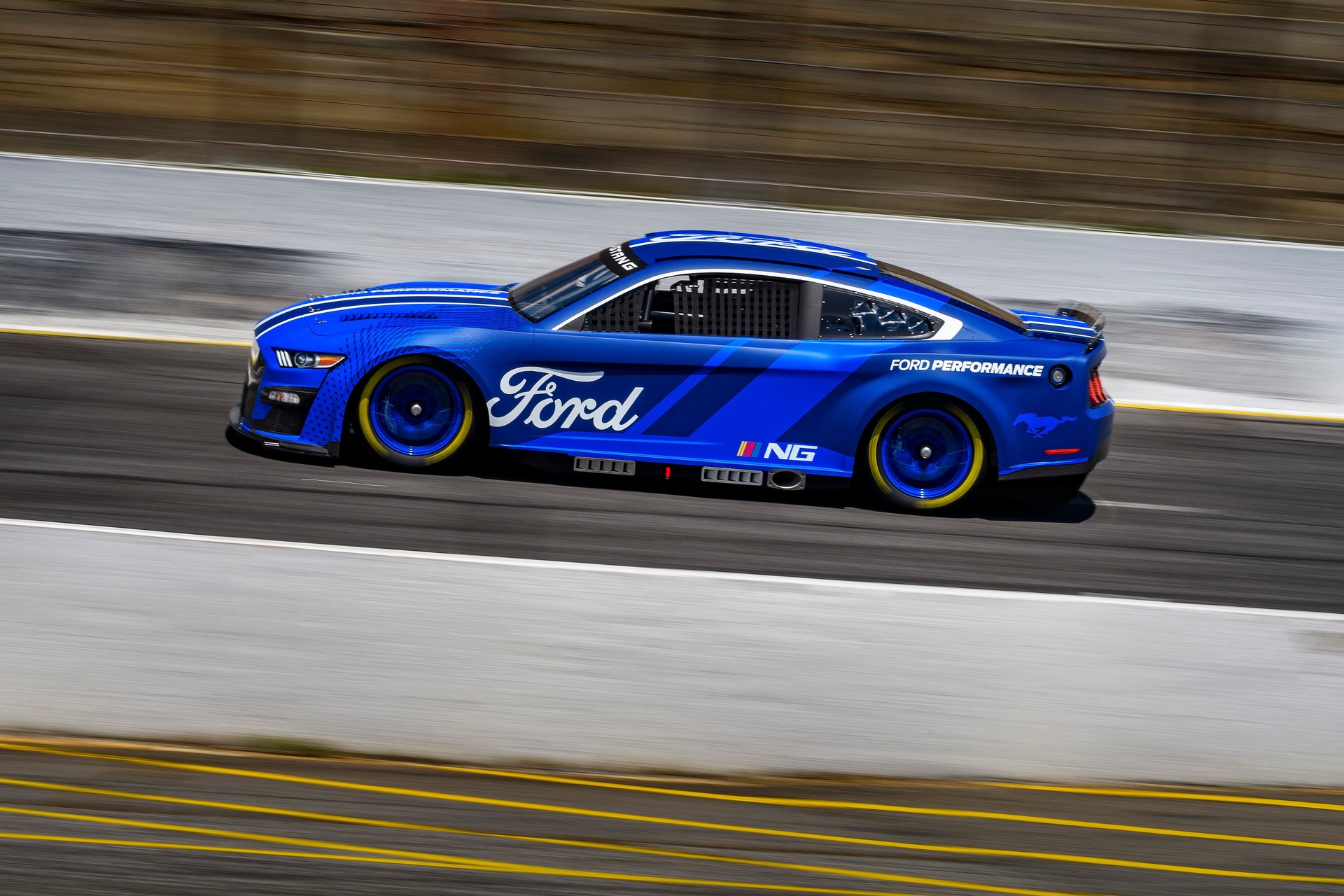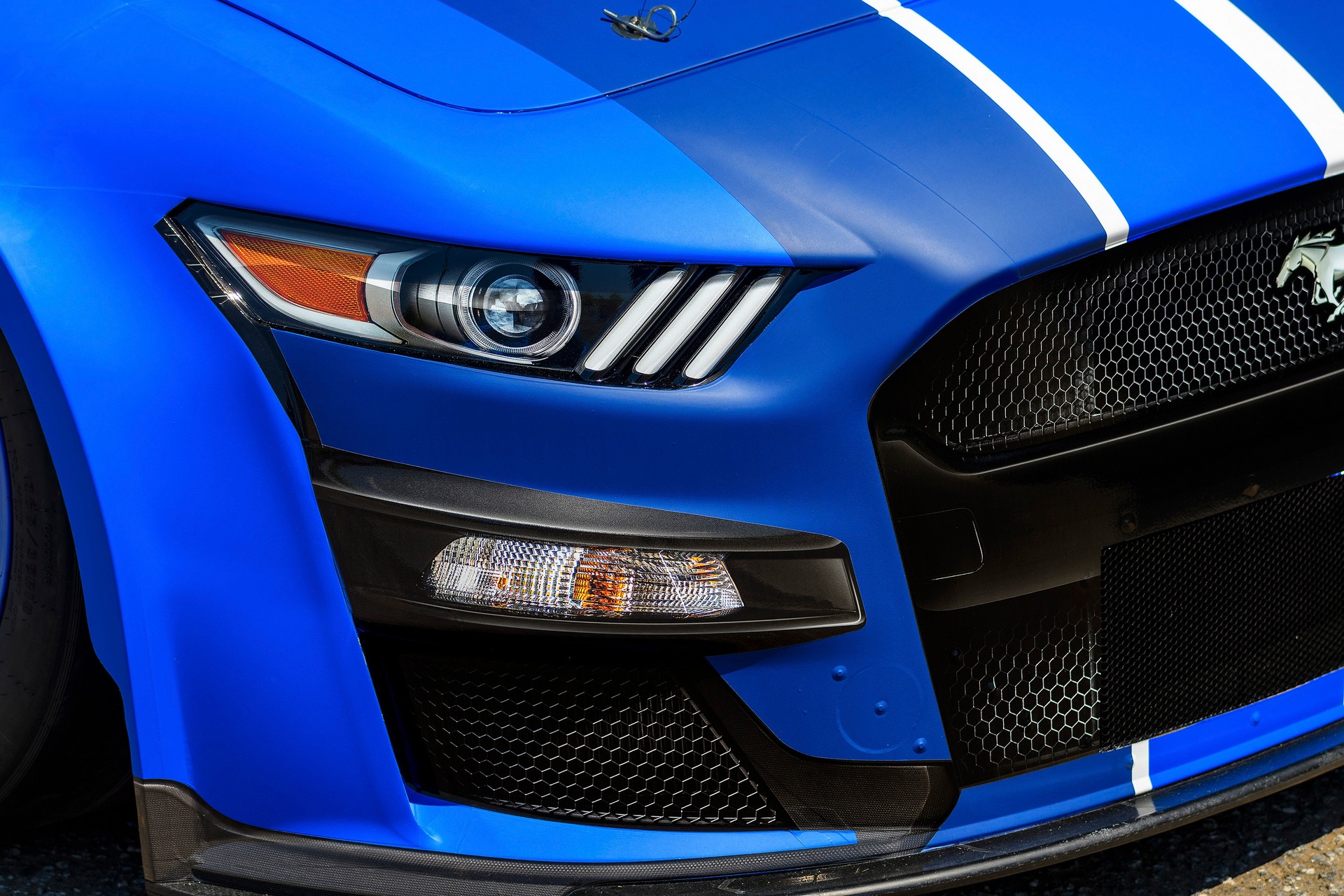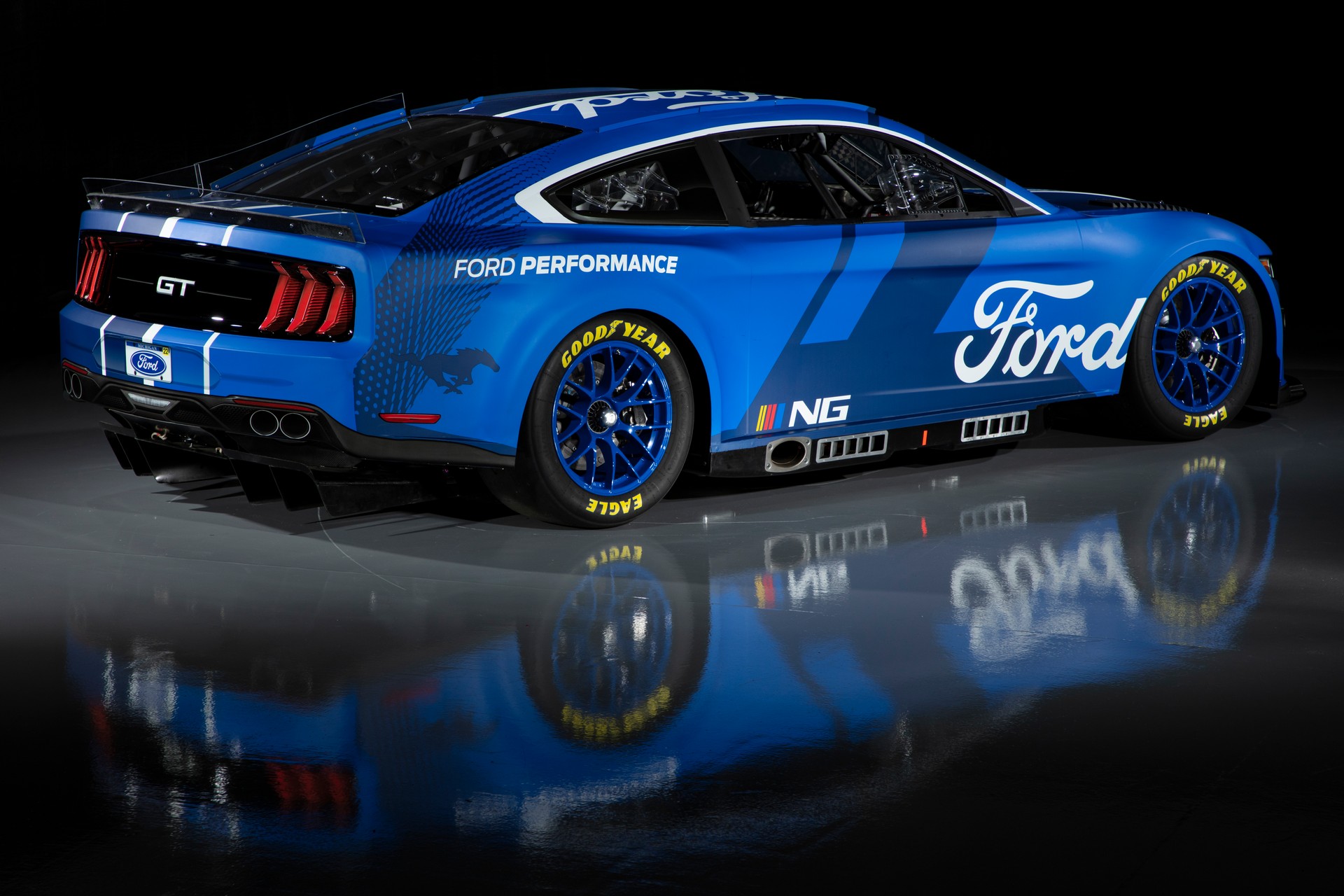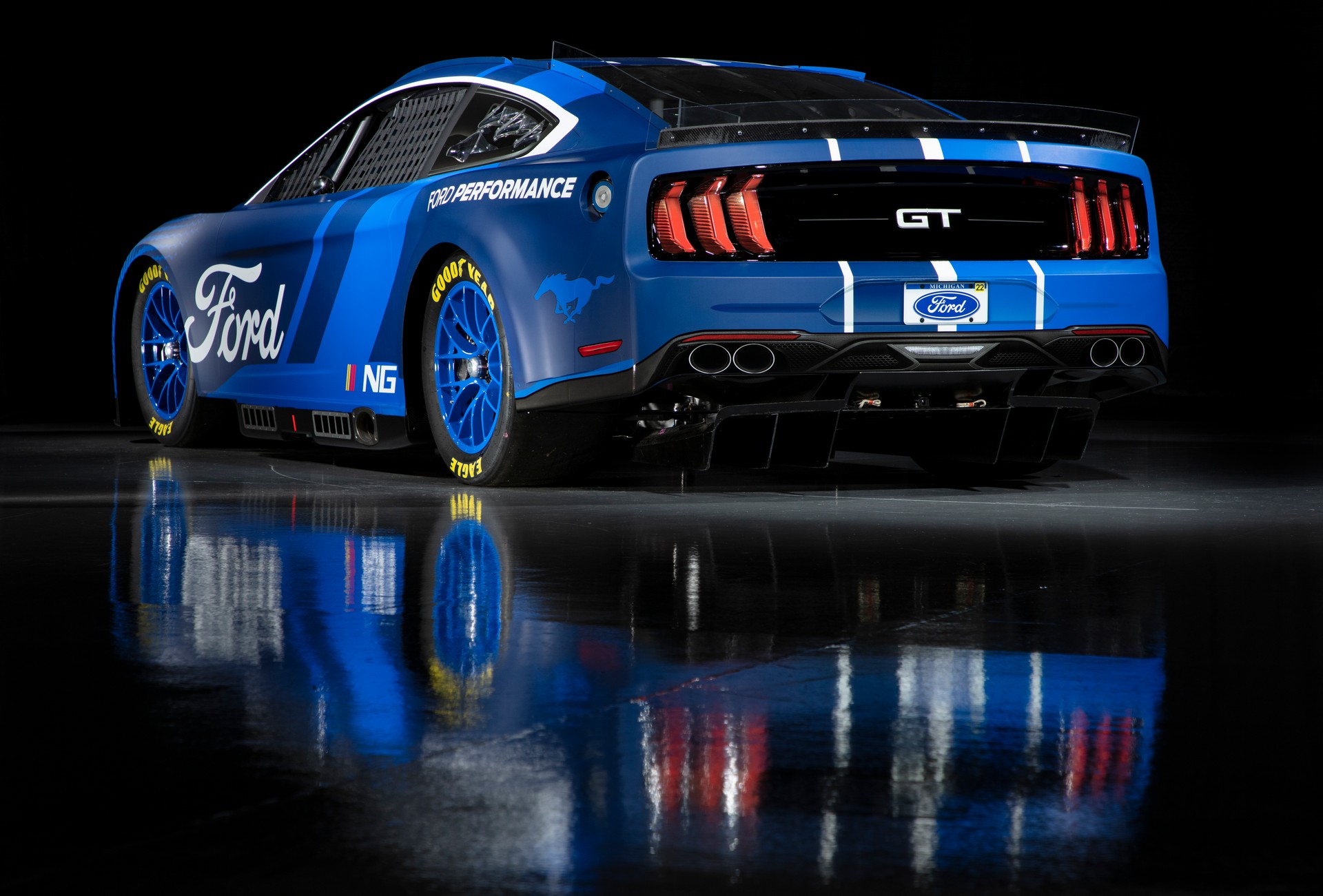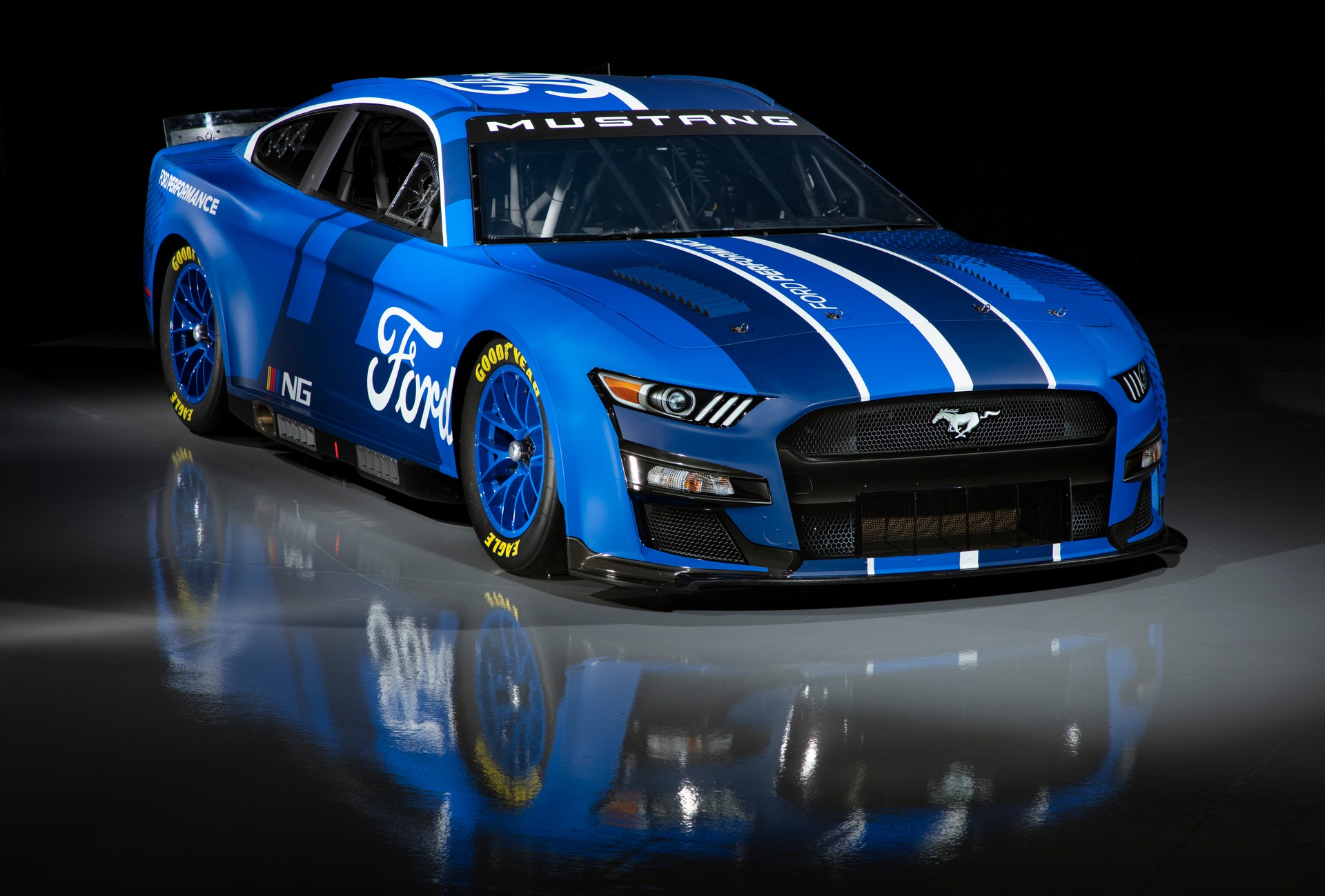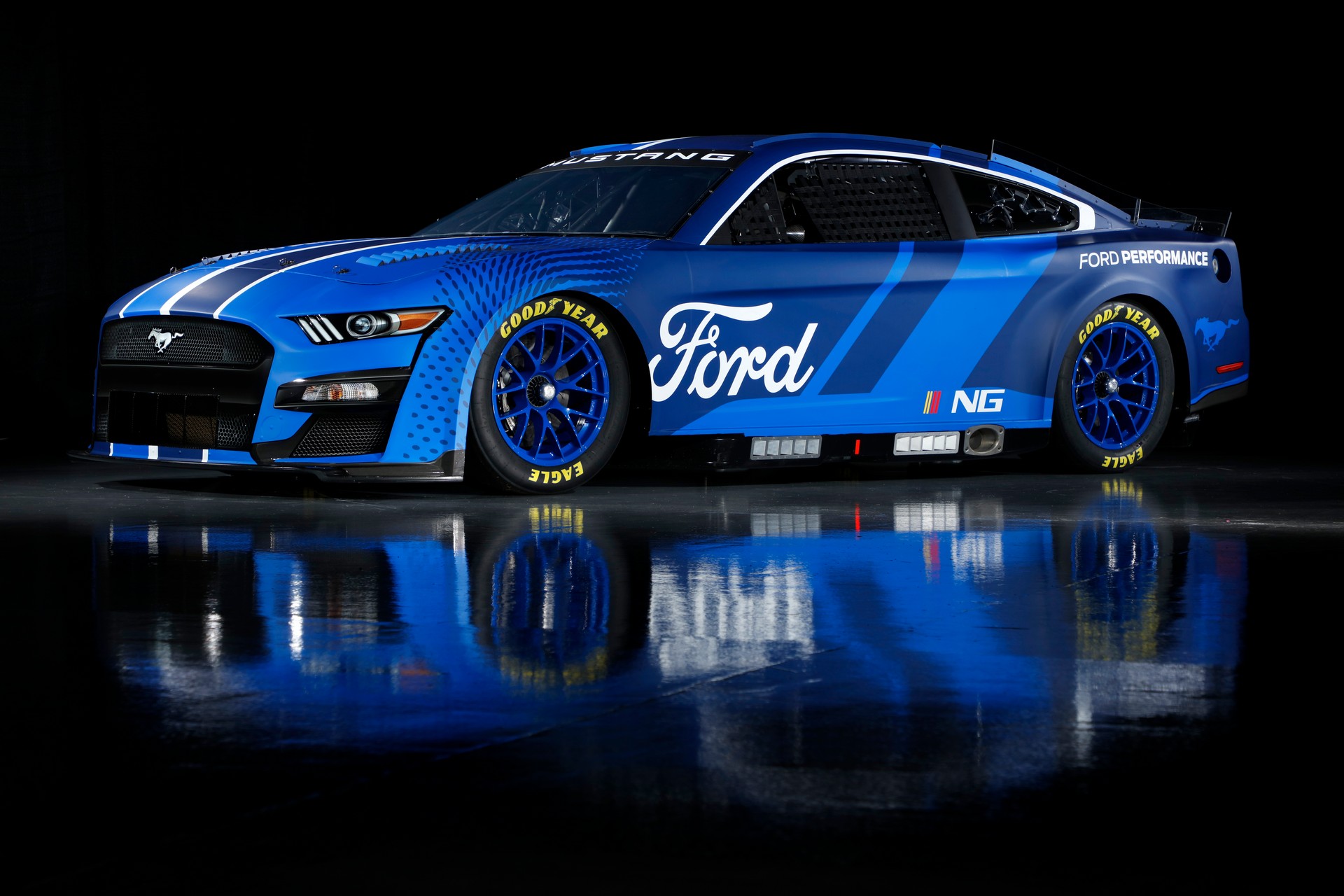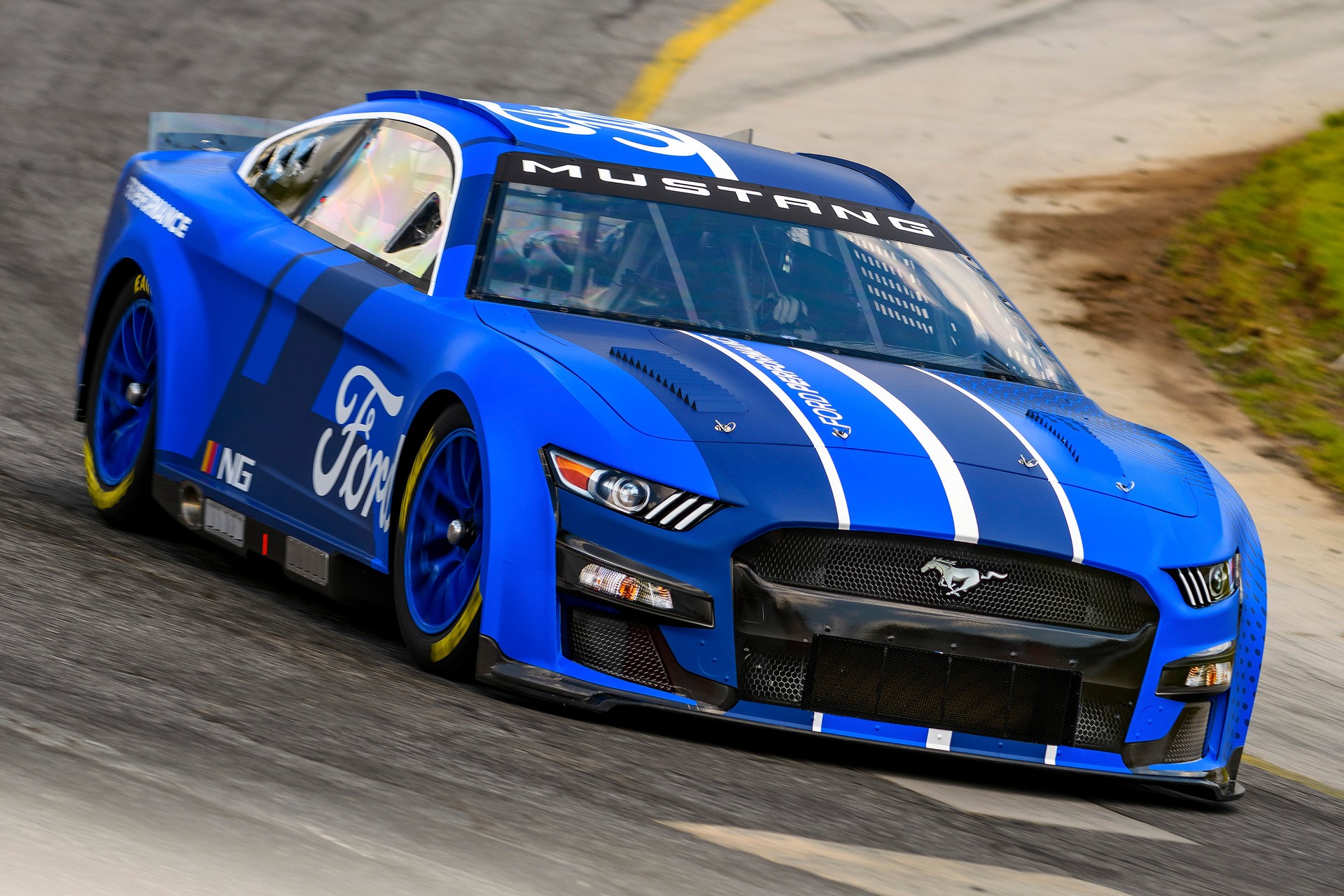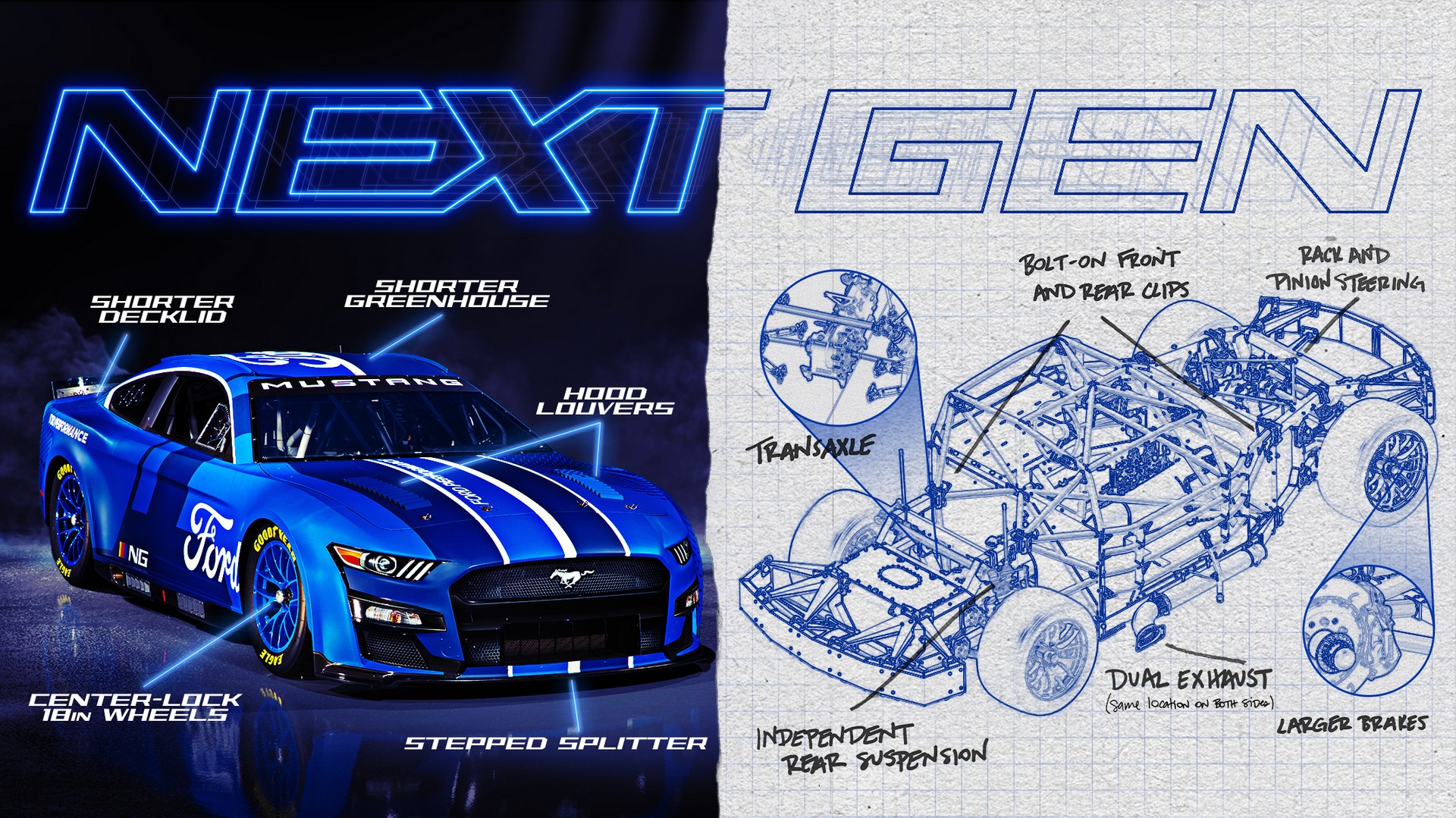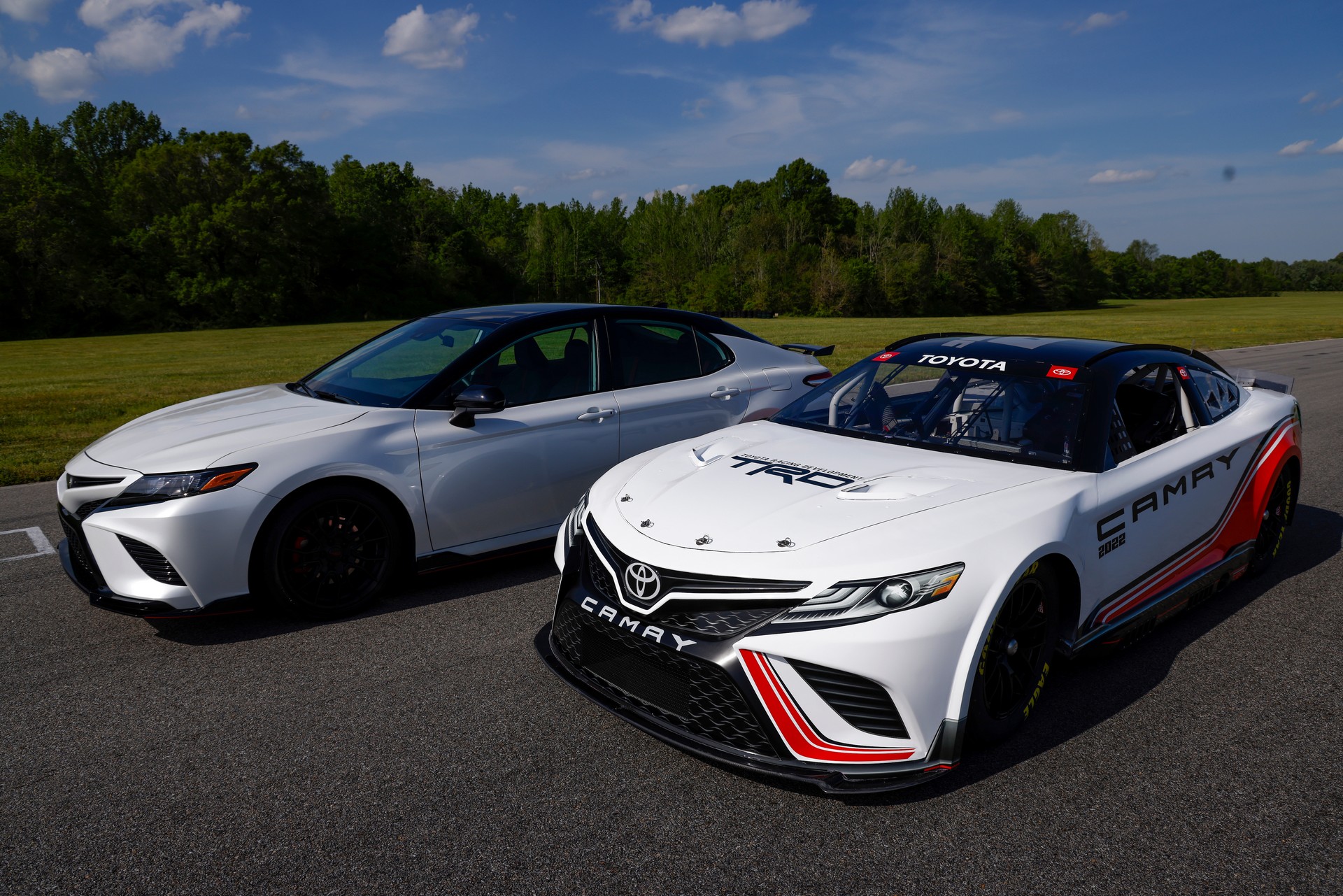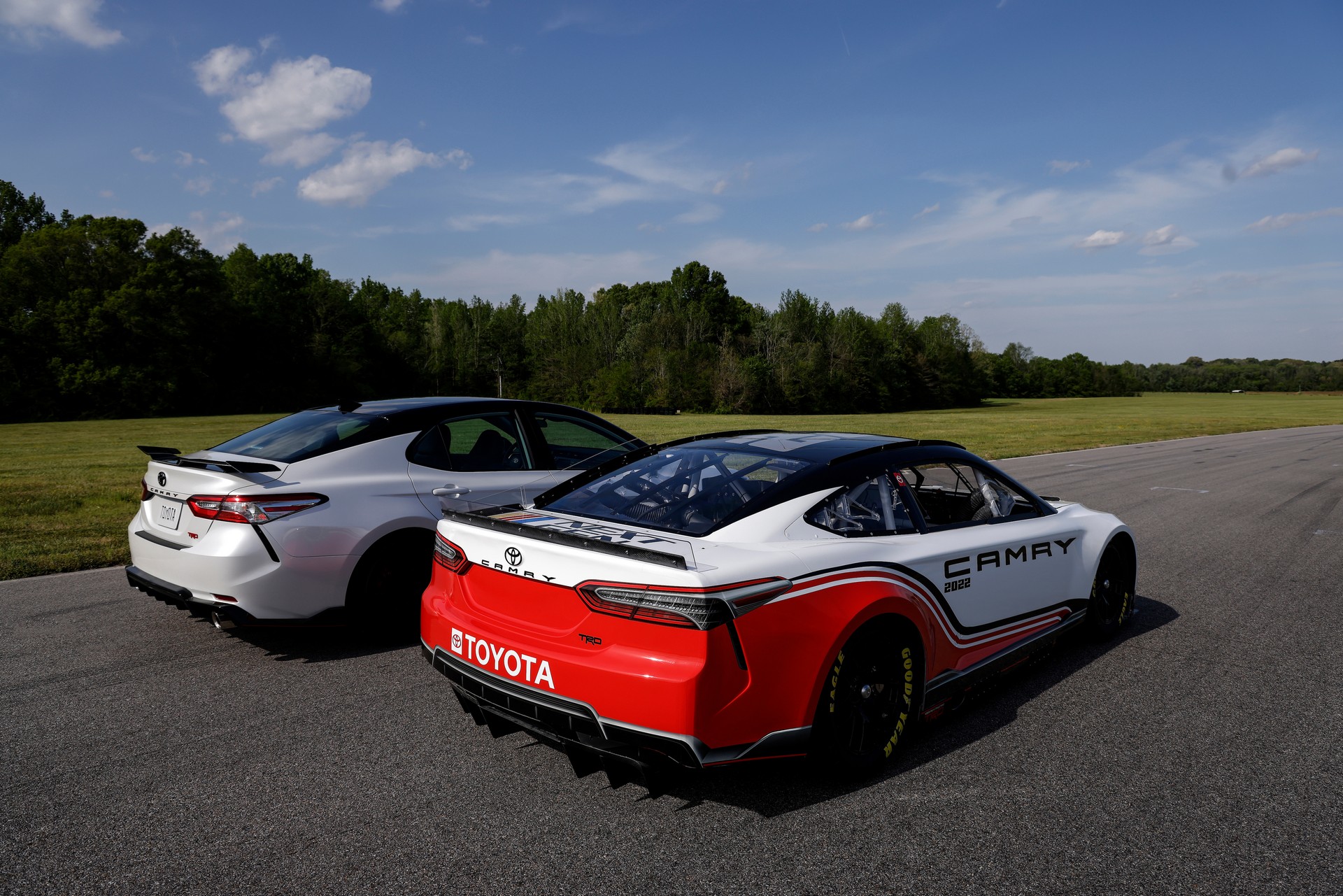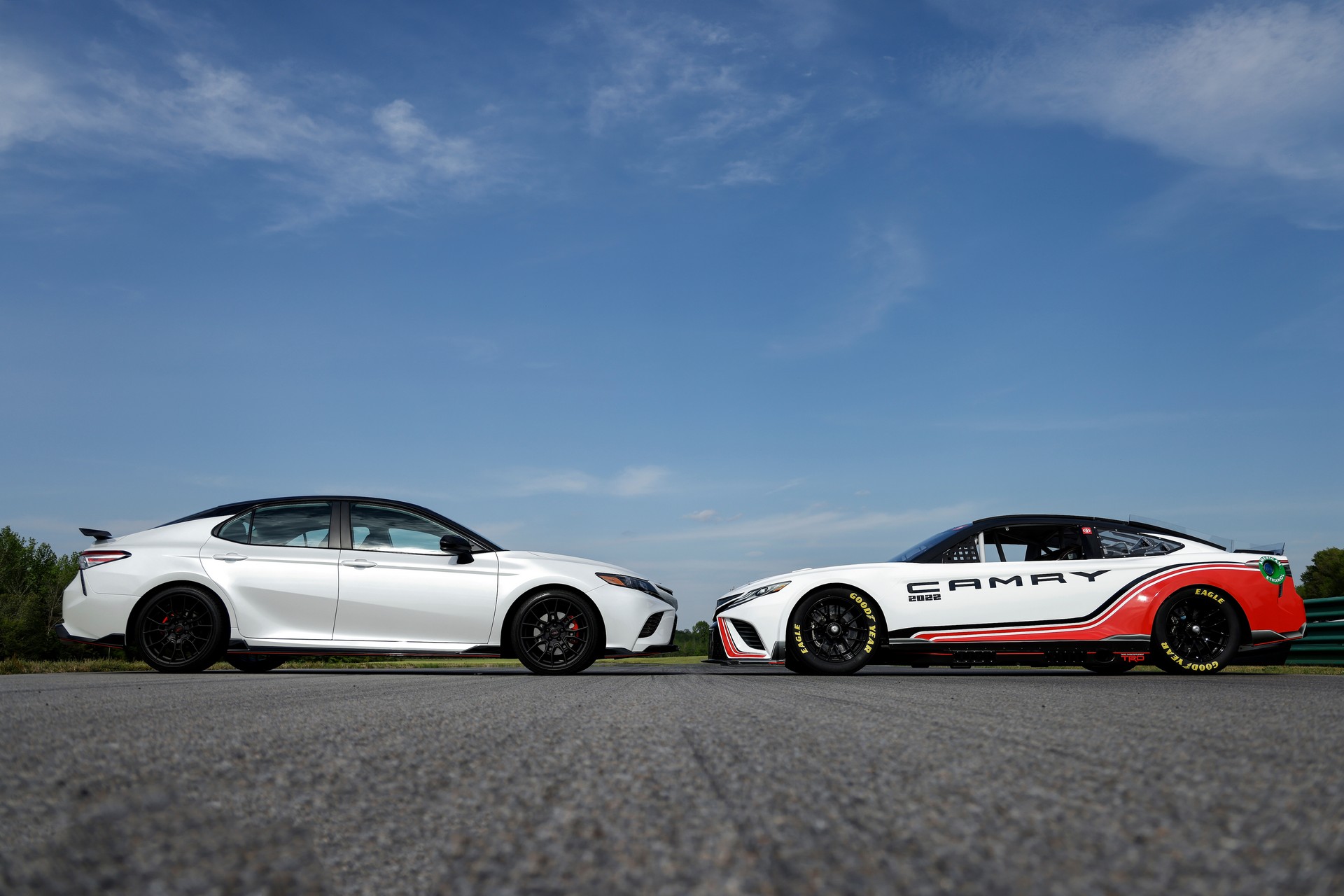In one fell swoop, Chevrolet, Ford and Toyota have unveiled their Next Gen race cars for the NASCAR Cup Series.
Looking more like their road-going counterparts, the race cars have a symmetric carbon fiber composite body with a shorter rear overhang. The models are also equipped with a ventilated hood, a side exiting exhaust and a rear diffuser for improved aerodynamics.
The changes don’t stop there as the cars adopt a revised greenhouse and a wider rear track. There are also new 18-inch forged aluminum wheels, which look far better than the previous 15-inchers.
While all three cars have a lot in common, they have unique front and rear clips which bolt on for easier repair and serviceability. Each closely resembles its road-going counterpart and this helps to make the race cars look more authentic.
Besides the styling changes, the Next Gen racers ride on a modern architecture and feature an independent rear suspension that replaces the previous solid axle setup. The cars have also been equipped with a rack and pinion steering system, larger brakes and a five-speed sequential transmission.
Power comes from a familiar V8 engine, which produces either 550 hp (410 kW / 558 PS) or 670 hp (500 kW / 679 PS) – depending on the track. However, Ford noted the Next Gen cars have been built with the future in mind as they can accommodate “technological advances such as a hybrid or electric powertrain.”
The automakers are pleased with the changes and Chevrolet’s director of NASCAR programs, Eric Warren, said “From an engineering standpoint, this is a seismic shift. It’s a completely new car that brings with it a lot of opportunity from a technical standpoint.” He added, “The Next Gen Camaro has a much stronger link to the production Camaro ZL1 in terms of styling integration, improved proportions and relevant technologies.”
His sentiments were echoed by Ford Performance Motorsports global director Mark Rushbrook who said, “This car is true to the Mustang brand and we have to thank the Ford design team for working hand-in-hand with our aerodynamic engineers to ensure it is competitive on the track, while maintaining unique Mustang styling.” He went on to say, “As the automotive industry continues to change, we’ll have the ability to keep up in the racing world without having to go through a complete overhaul or redesign of the car. This is something we’ve been waiting for and we’re glad the time has finally arrived.”
The Next Gen racers will hit the track next year as all three will celebrate their competitive debut at the Daytona 500 in February.
Chevrolet Camaro ZL1
Ford Mustang
Toyota TRD Camry








